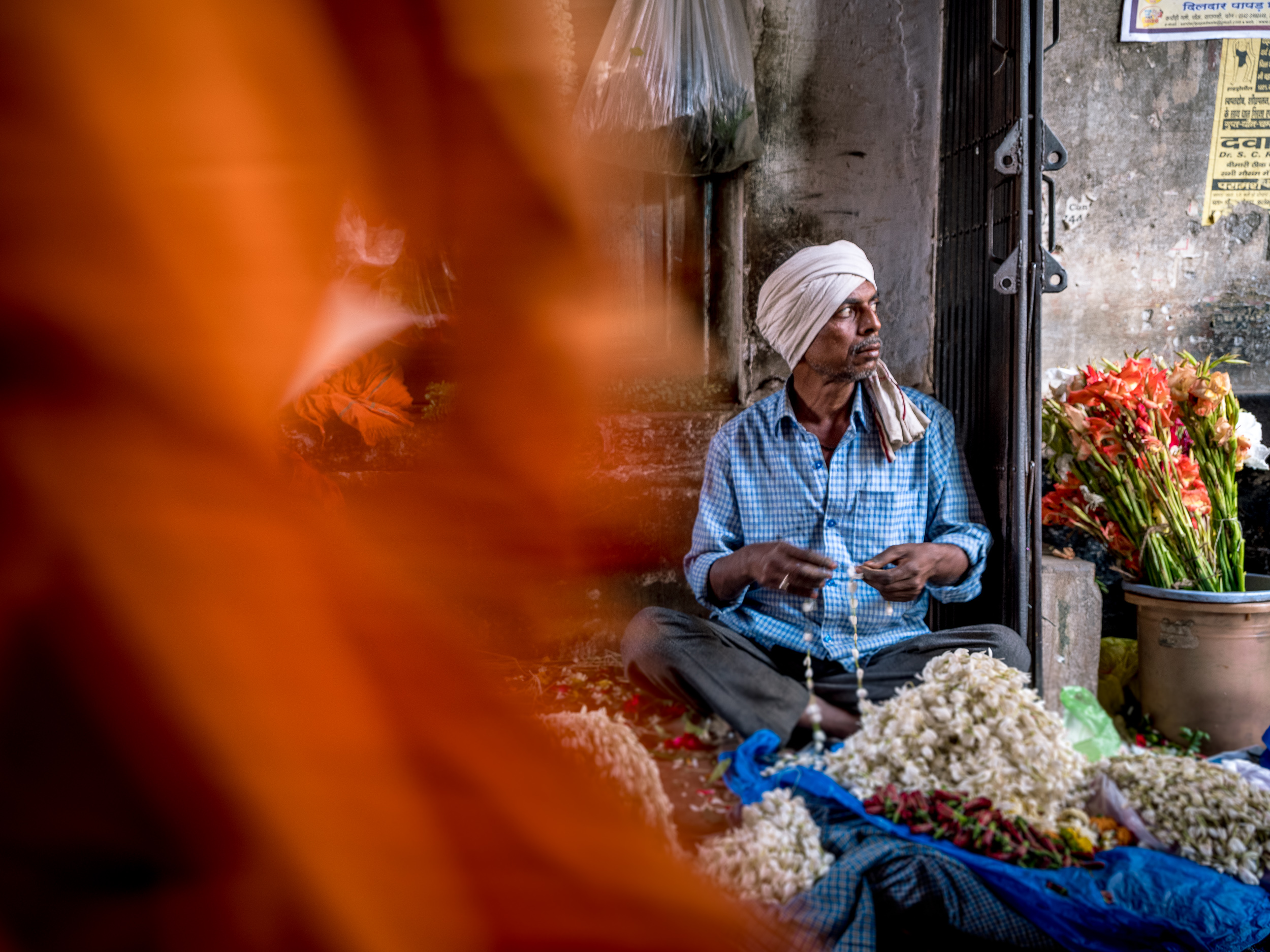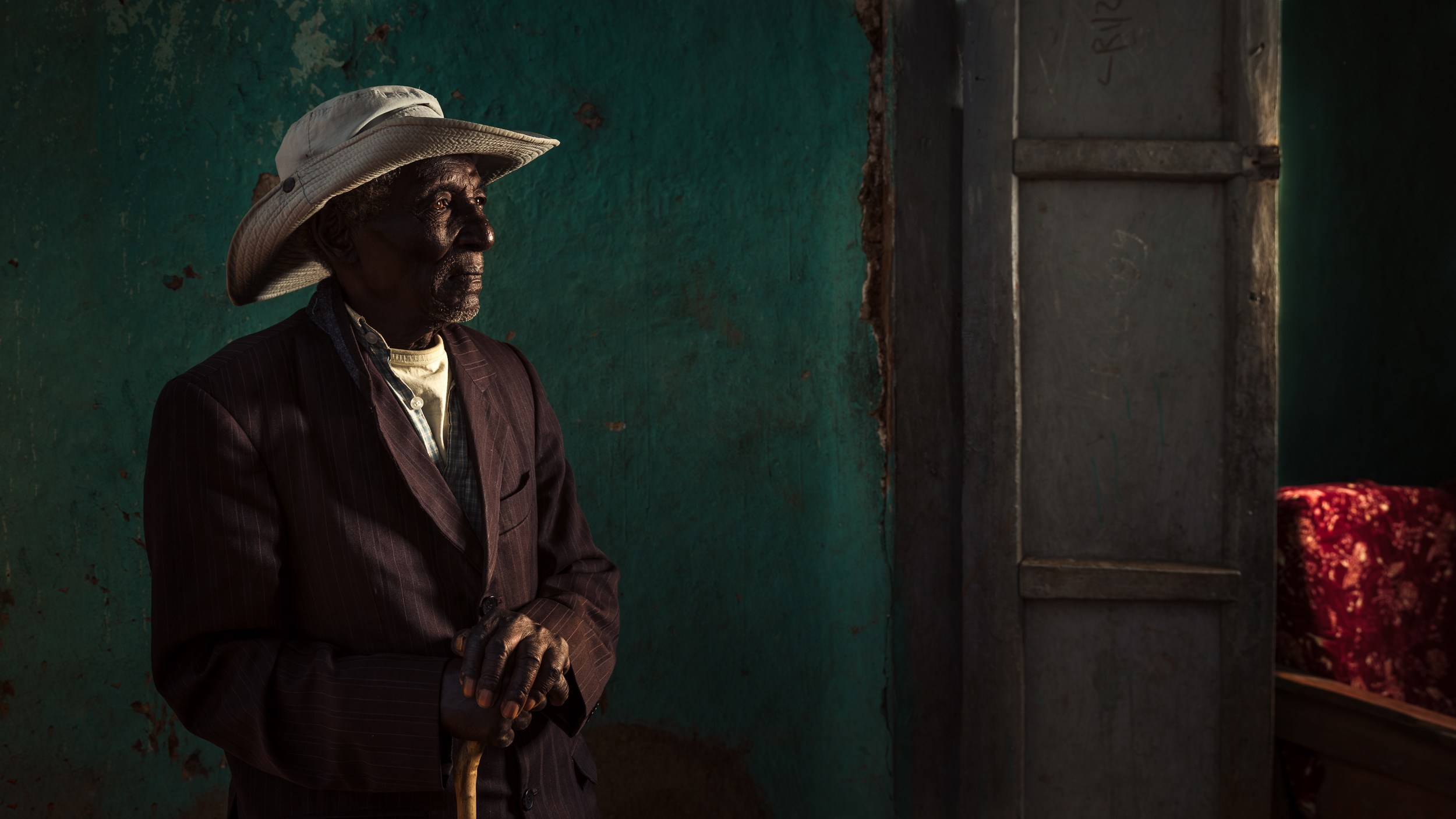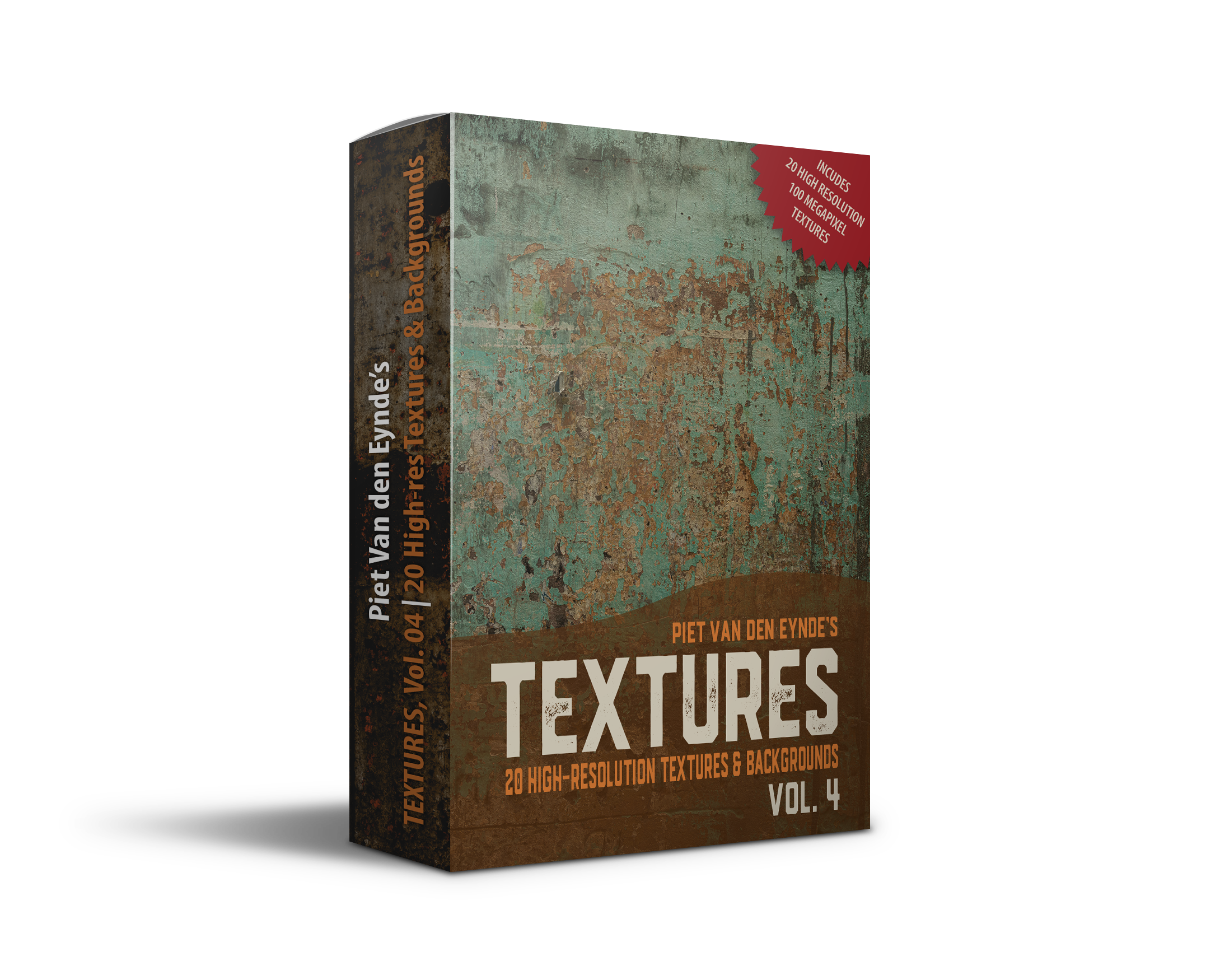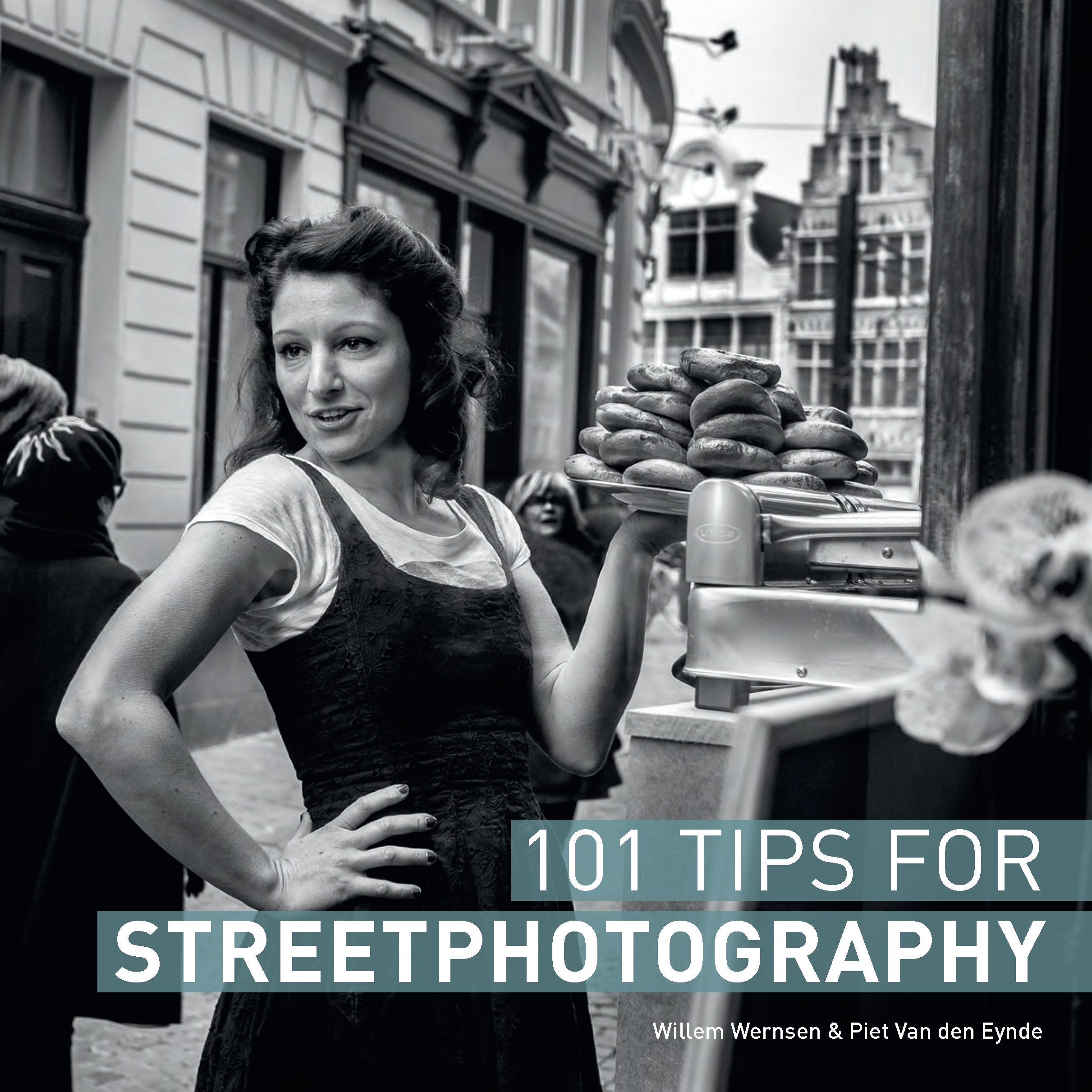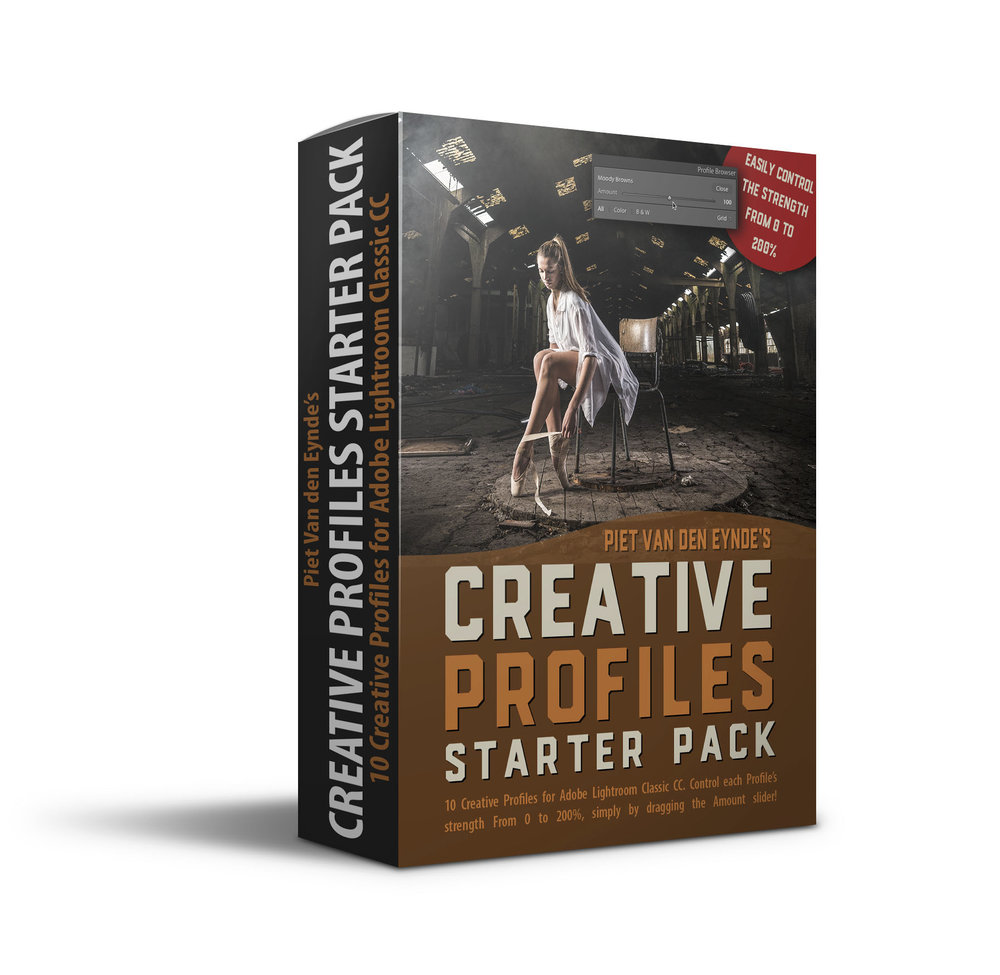Recently, my friend Damien Lovegrove published a gallery with work he’d made with the GF 32-64. Just as is the case with Damien, the 32-64 is also one of my favourite GFX lenses. Yet, quite a number of GFX owners tend to dismiss this versatile zoom lens because of its volume and weight (875 grams). They prefer prime lenses like the 45 (490 grams) or the 63 (405 grams). But when you think of the 32-64 as 33 prime lenses in one, all of a sudden it’s not that big or bulky anymore :-) I love having that flexibility from wide angle (32 is about 25 mm in full-frame terms) to standard lens (63 corresponds to about 50 mm). The first is great for environmental portraiture - for which I find the 45 mm prime often not wide enough - and the latter corresponds more to a regular field of view. In fact, 90 percent of my images are shot with either this lens or the 110 and this combo is one I’d recommend to any travel photographer using the GFX and wanting to combine flexibility with portability.
At its wide extreme, the GF 32-64 is great for environmental portraits…
… al while giving you the flexibility to zoom in to 64 mm.
So, I decided to follow Damien’s example but with a twist: here’s a gallery for you with 33 travel images taken with the 32-64 at each of its individual focal length settings. In full disclosure, I allowed myself to round up or down to the nearest integer :-) Obviously, there’s not a noticeable difference between a shot made at 44 or 46 mm, but the difference between 32 and 64 clearly shows in terms of compression, perspective and so on. And sometimes, being able to go as wide as 32 mm was crucial, because I could not back up any further to get everything in the shot that I wanted to. So, another way of looking at the 32-64 is having two primes and 31 options in between, all in one lens :-)
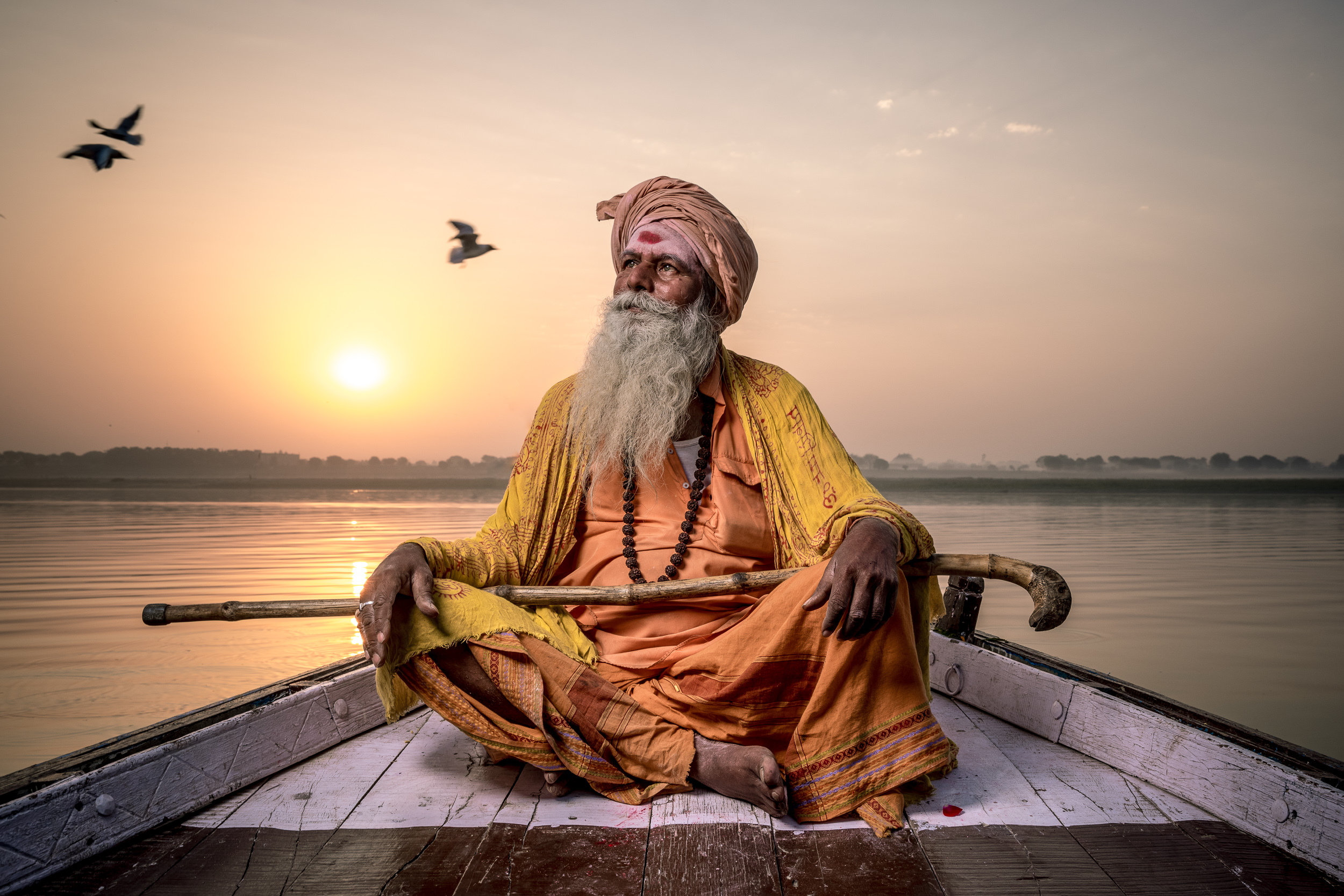
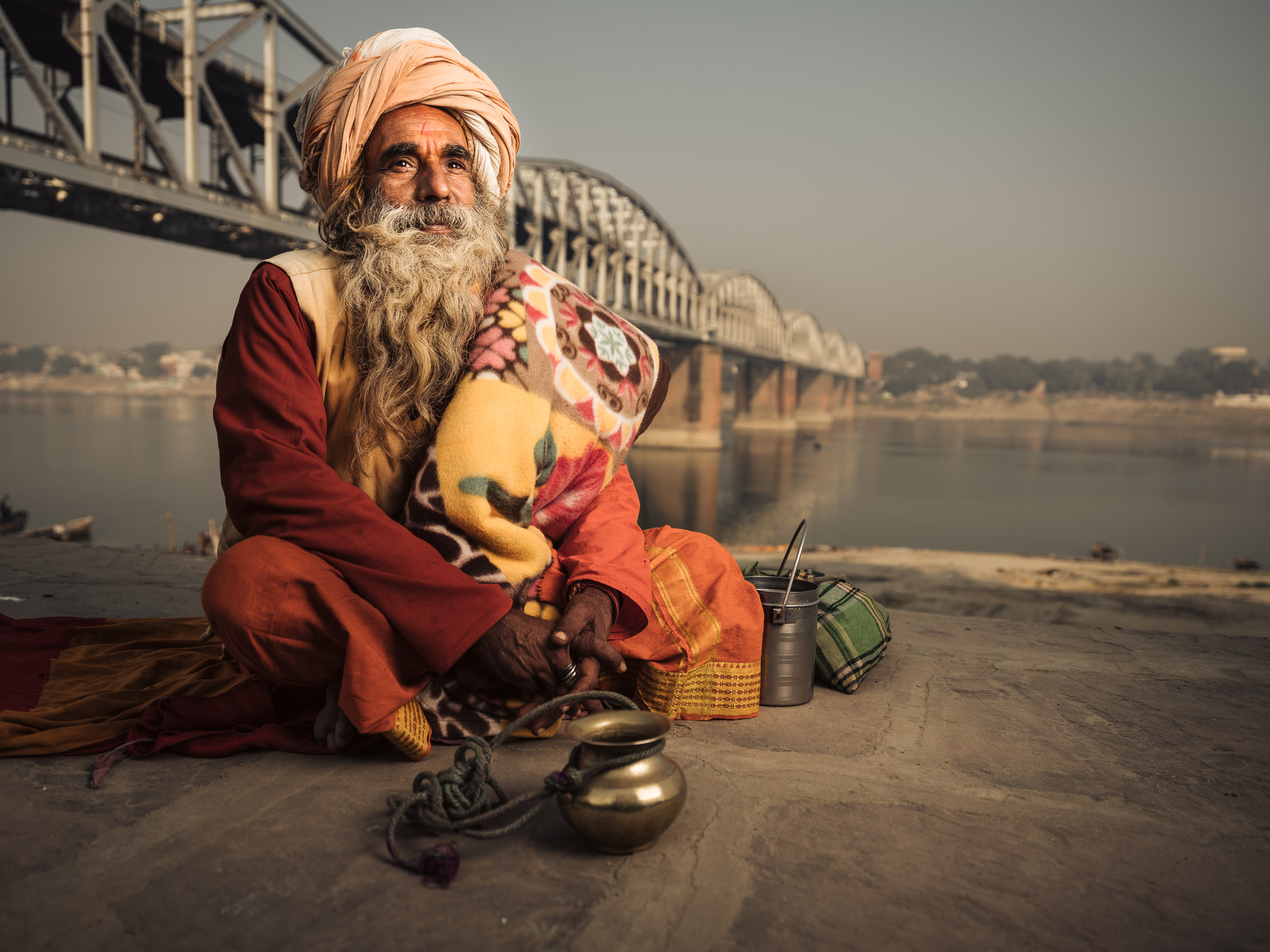
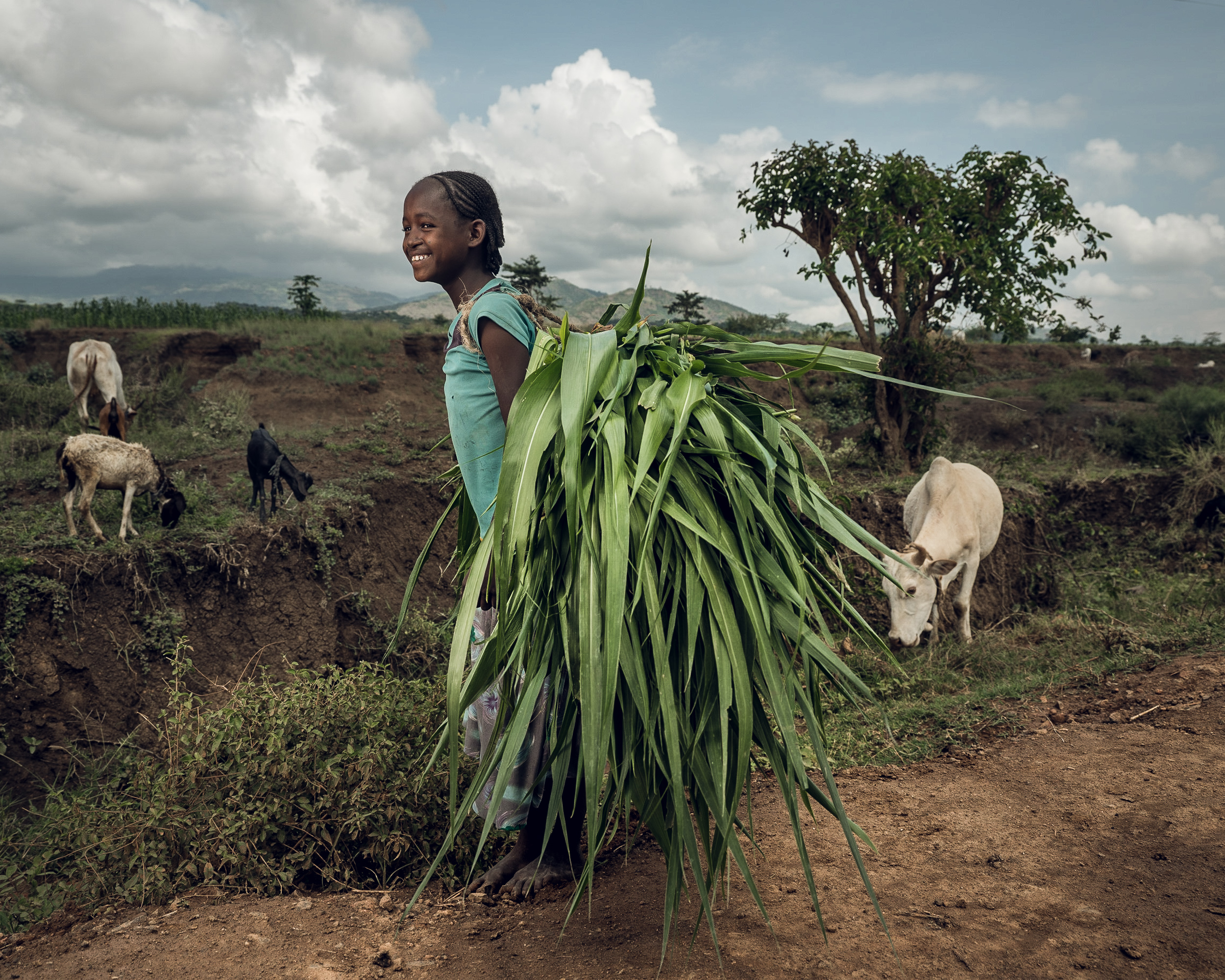
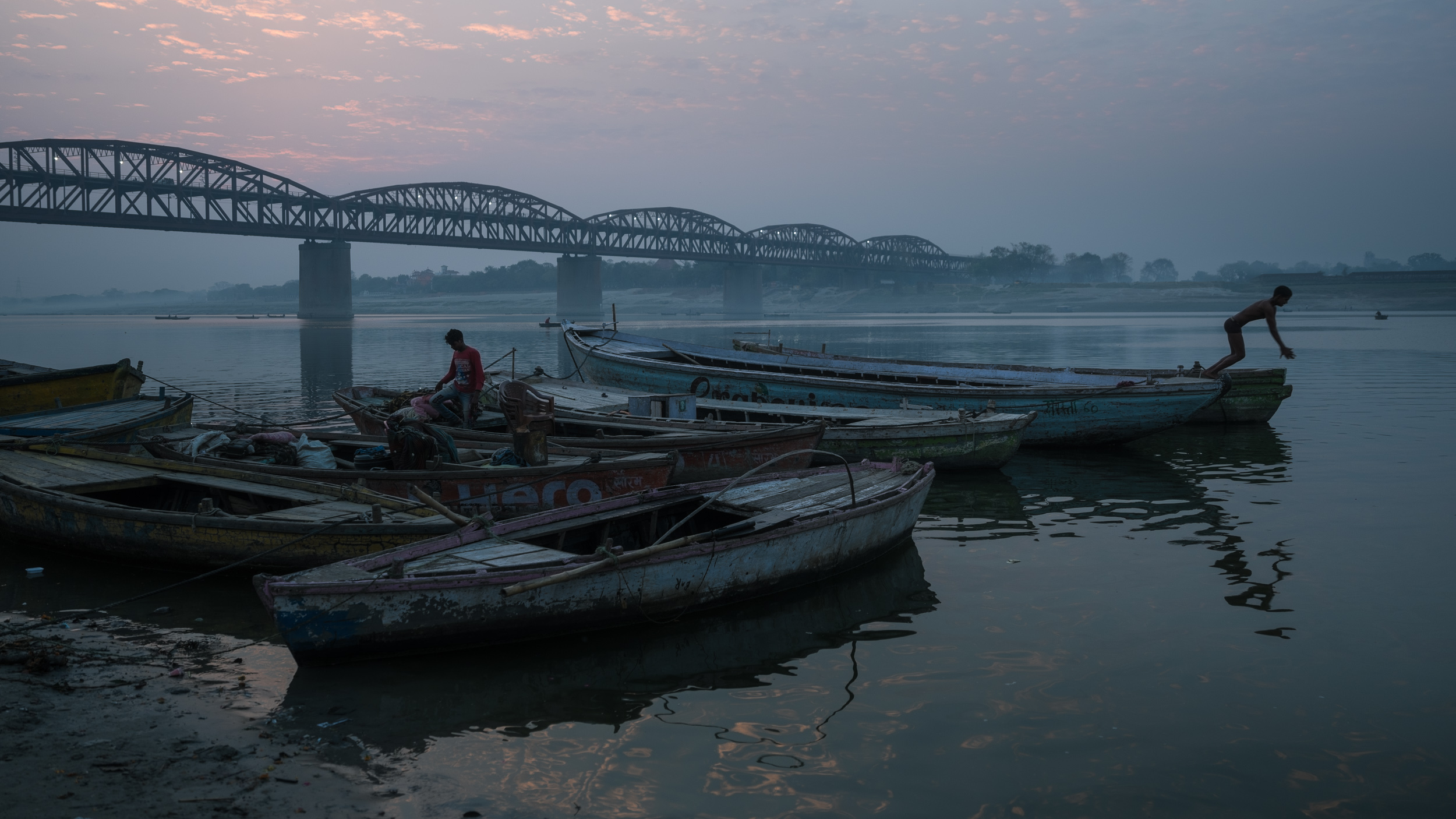
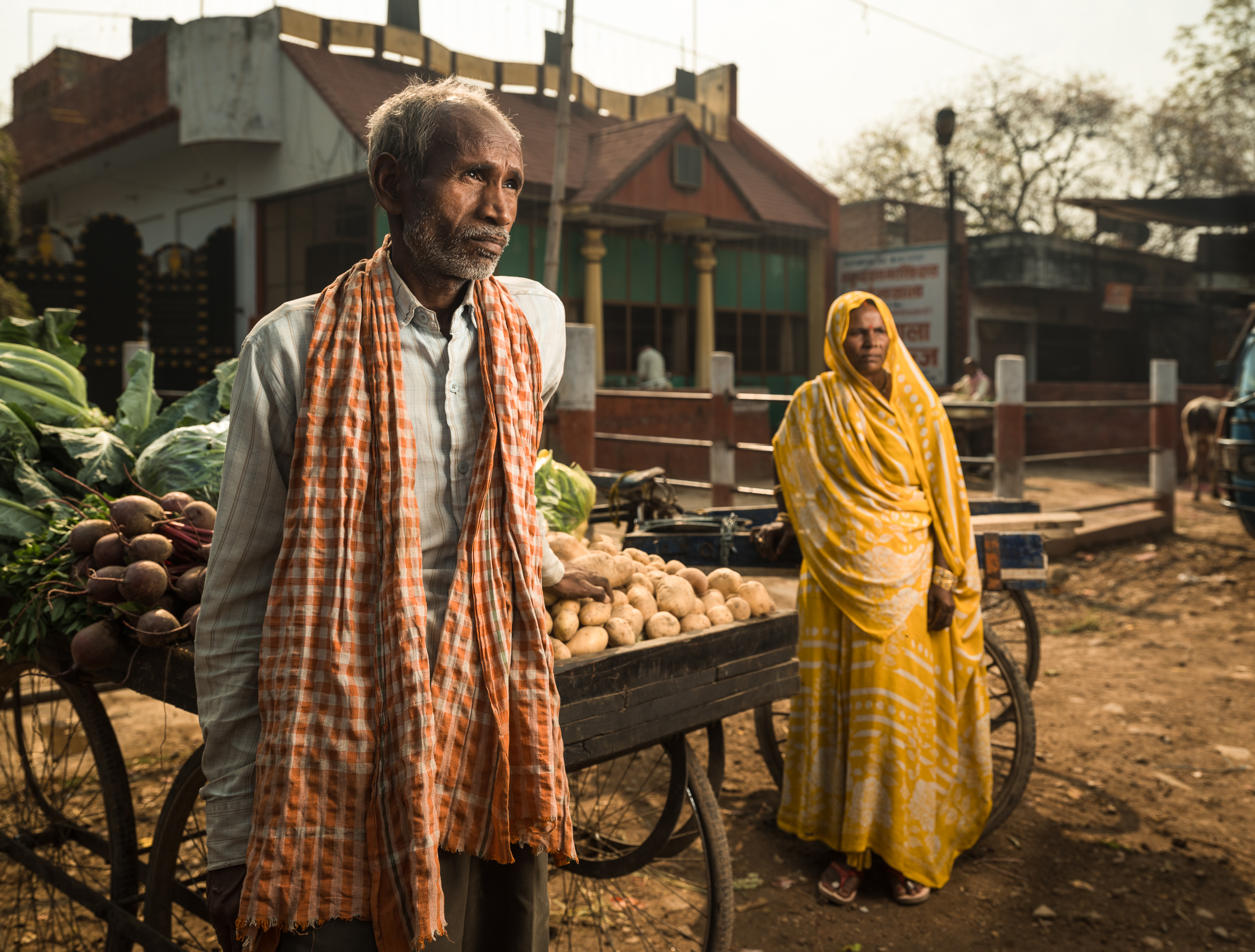
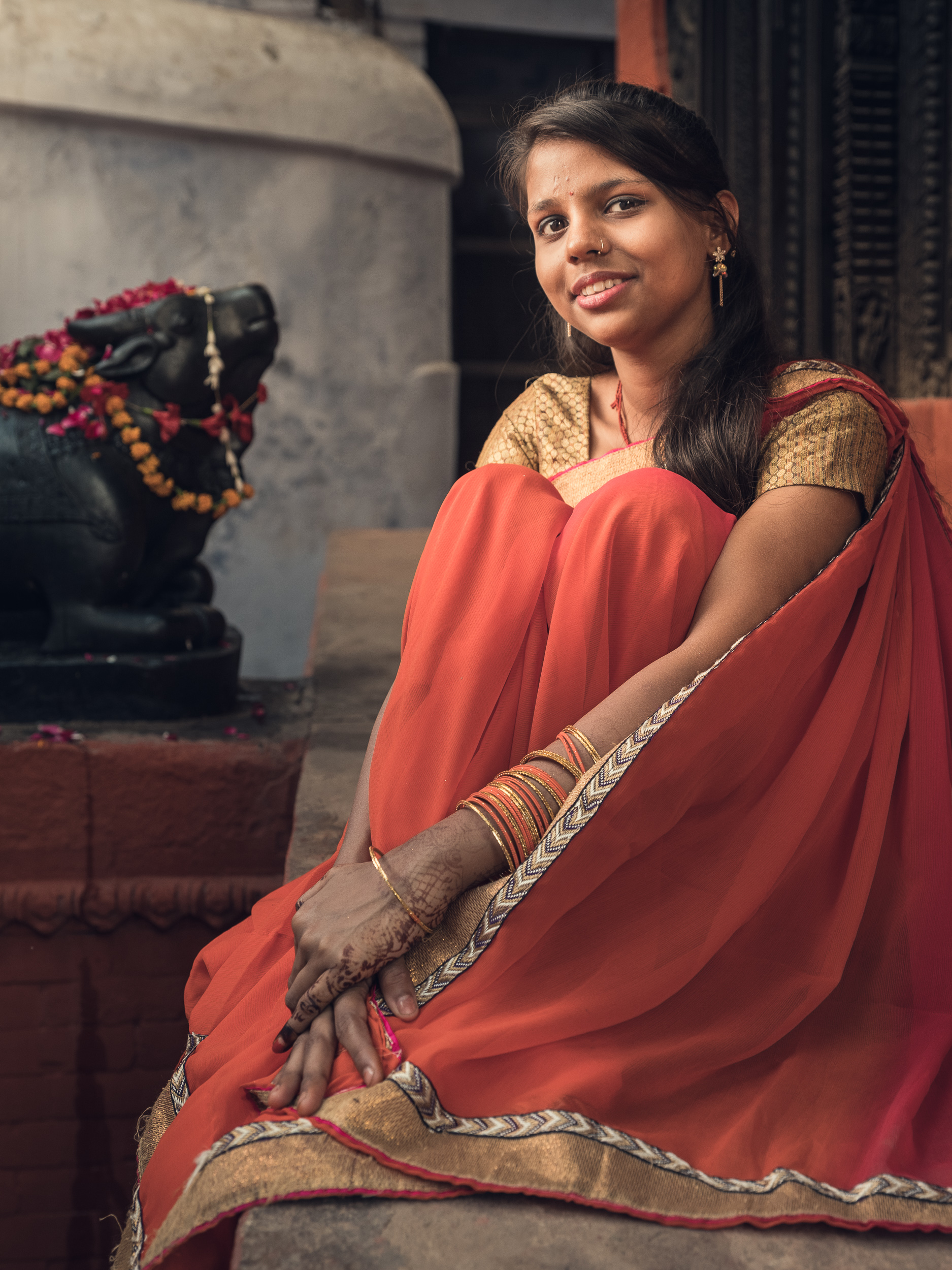
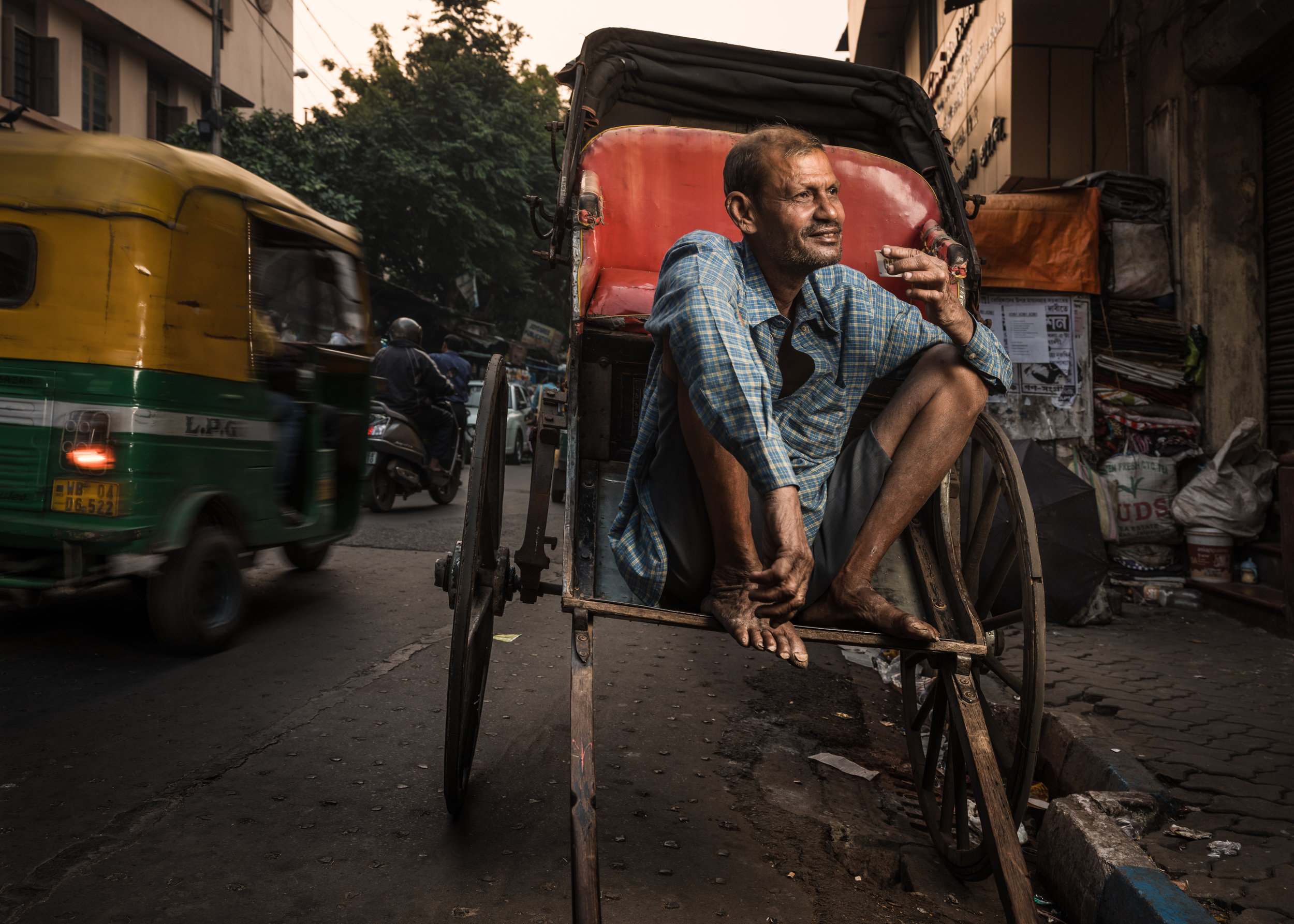
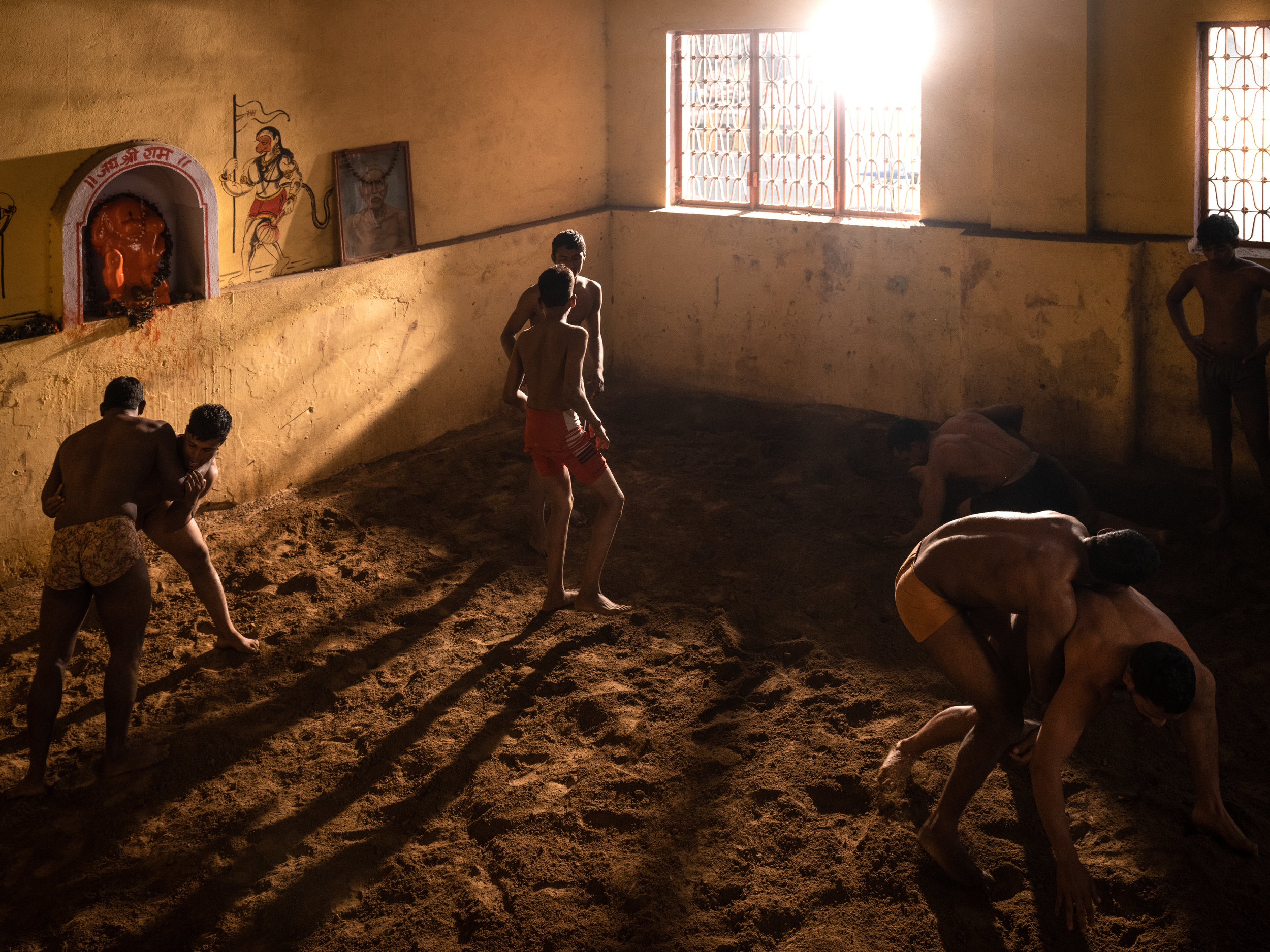

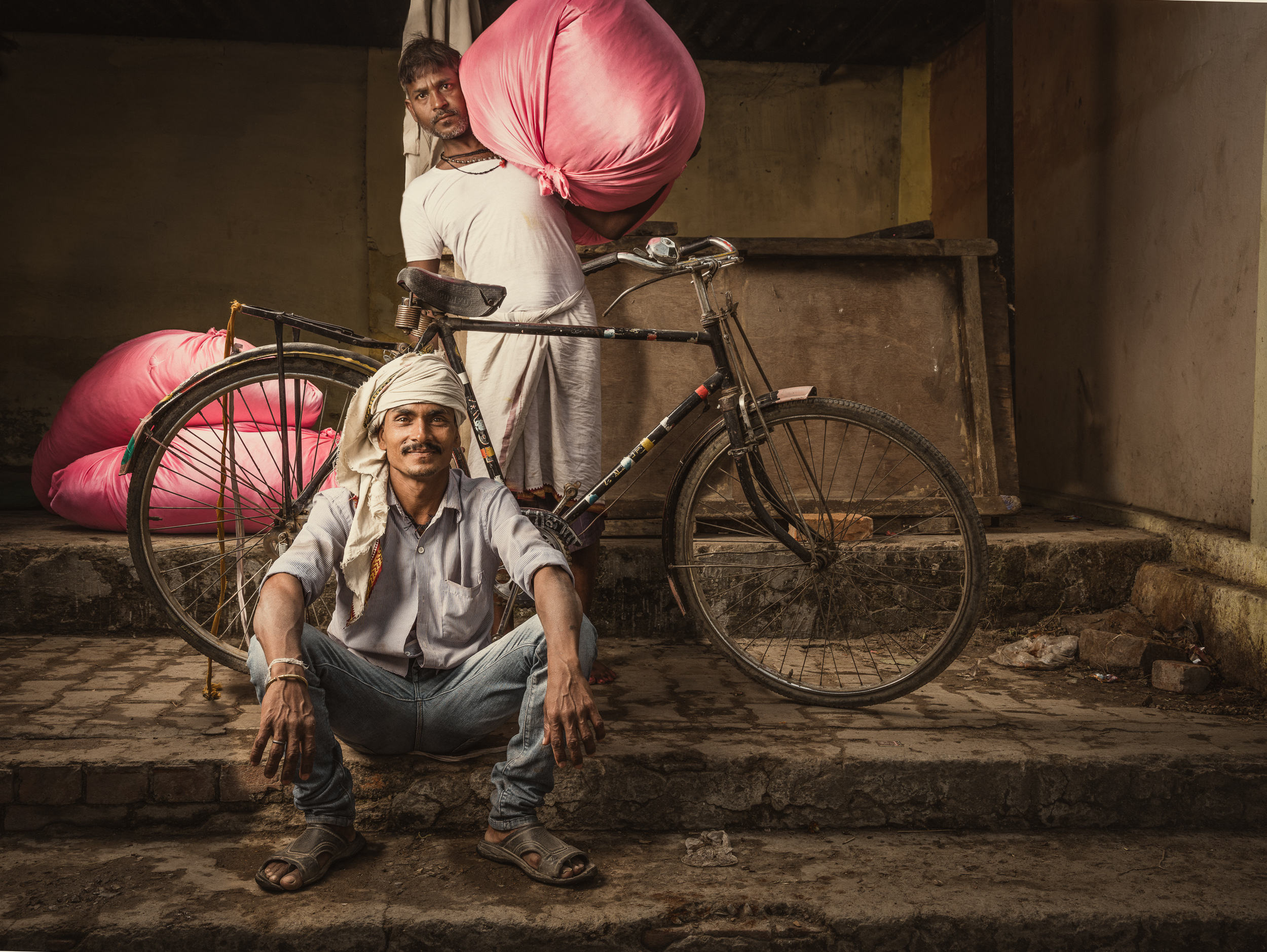
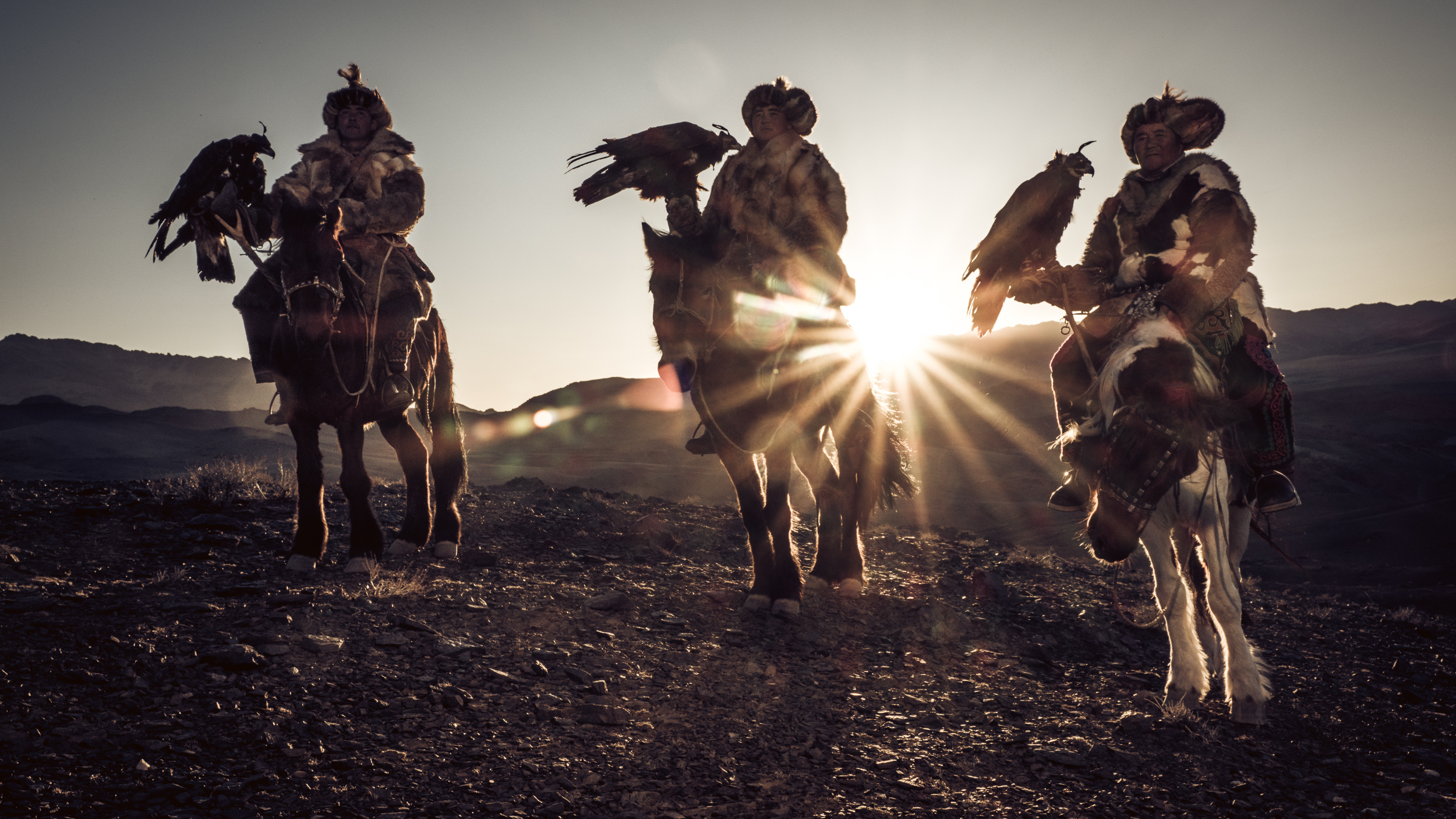
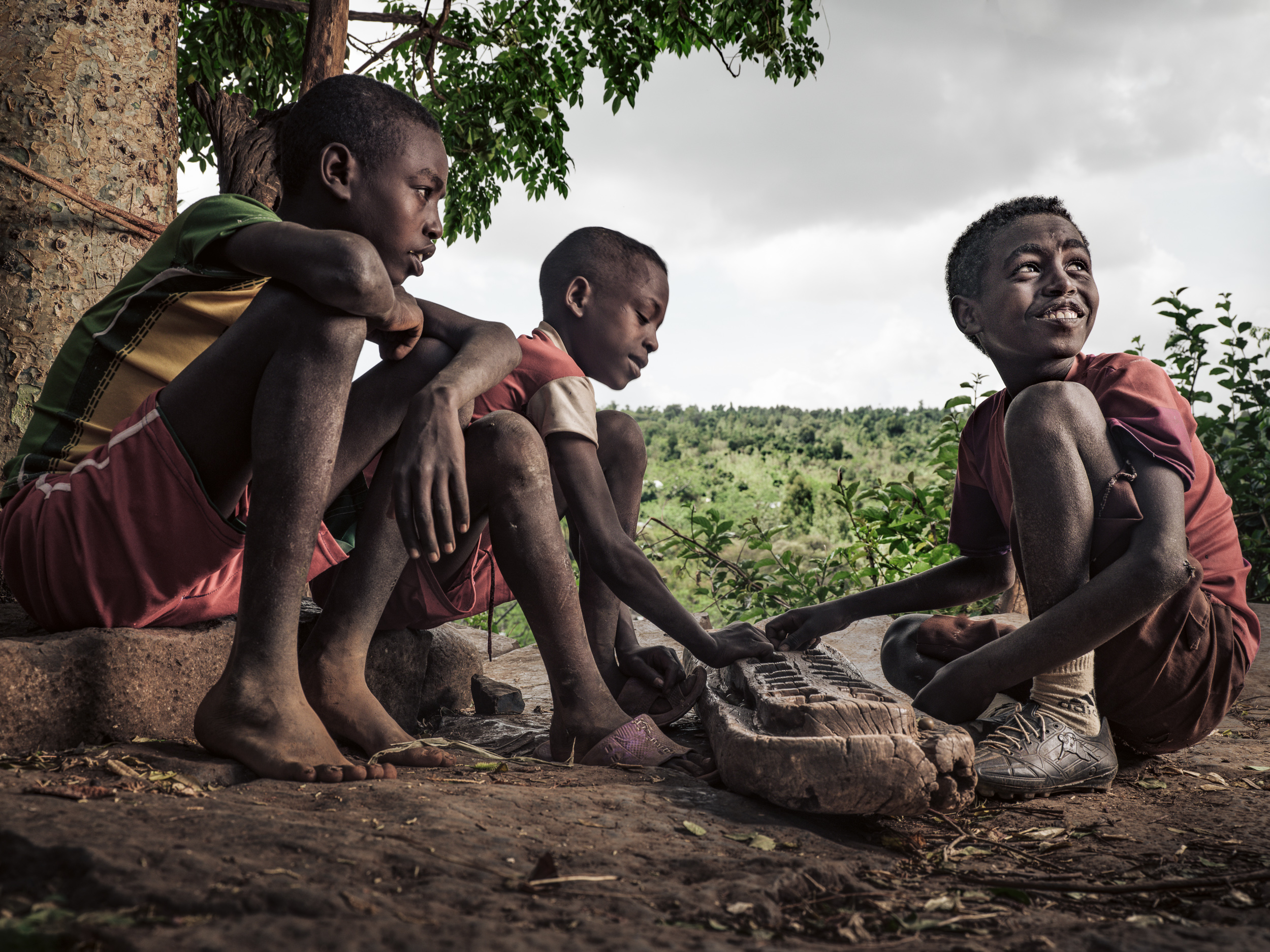
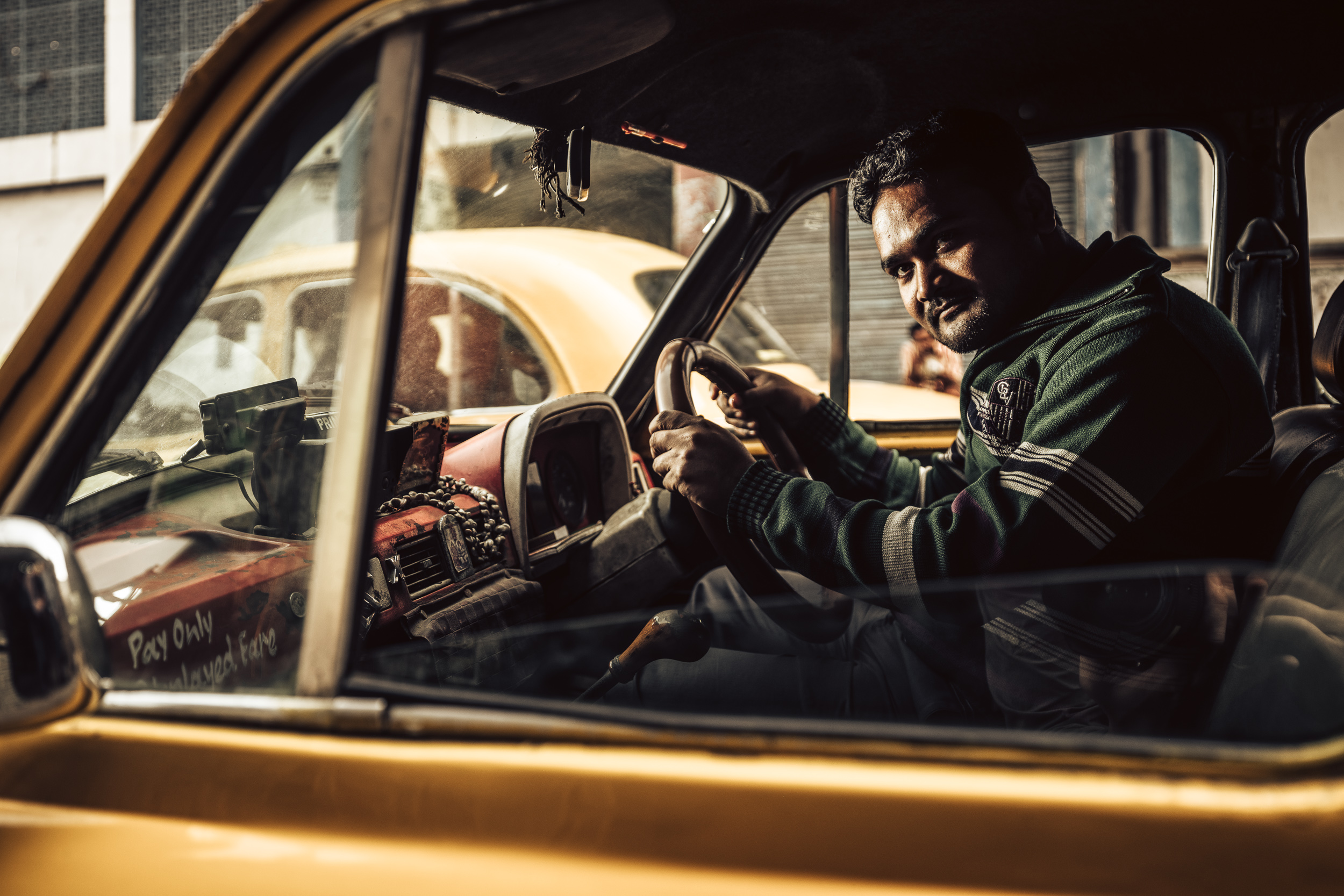

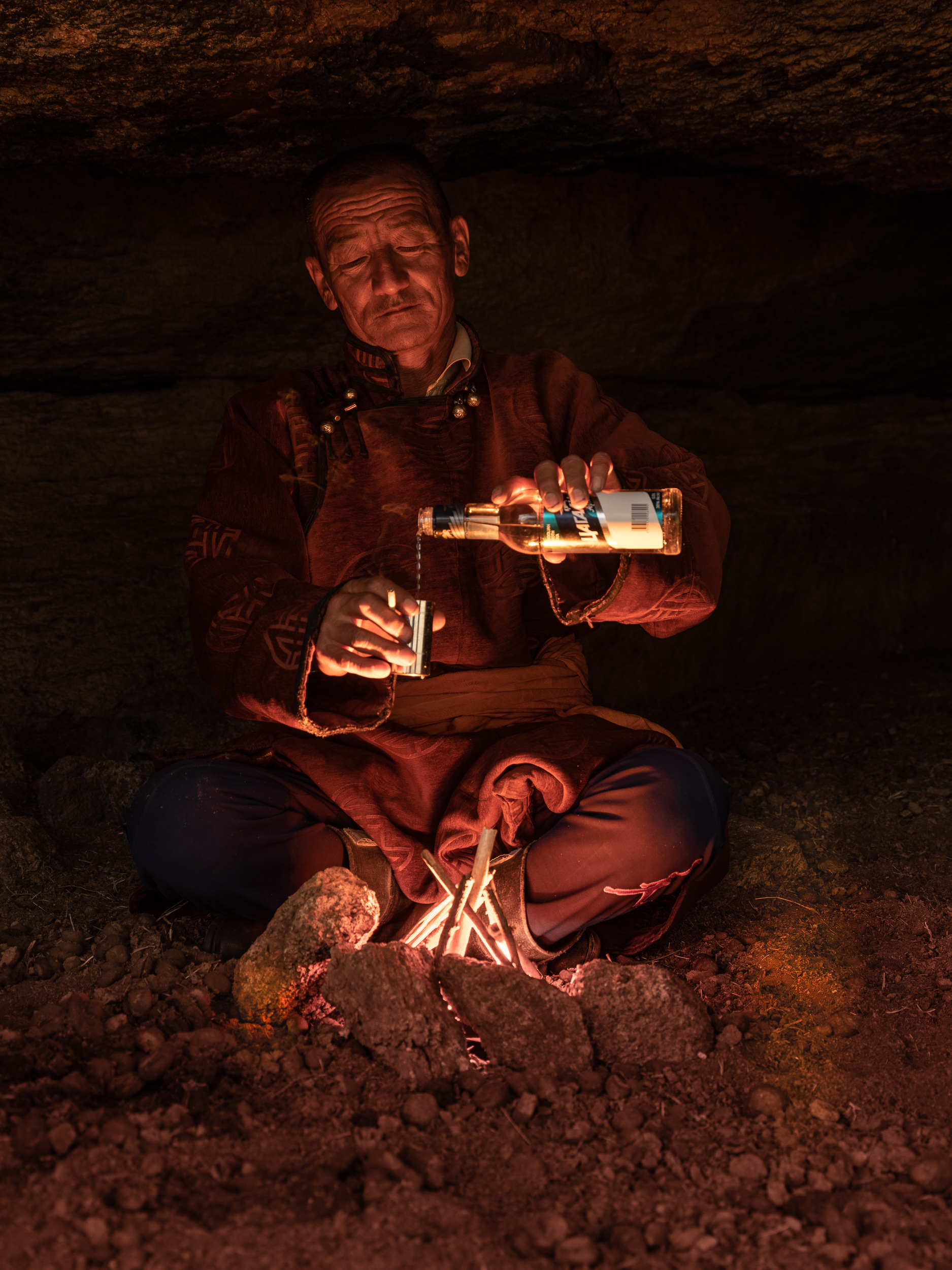
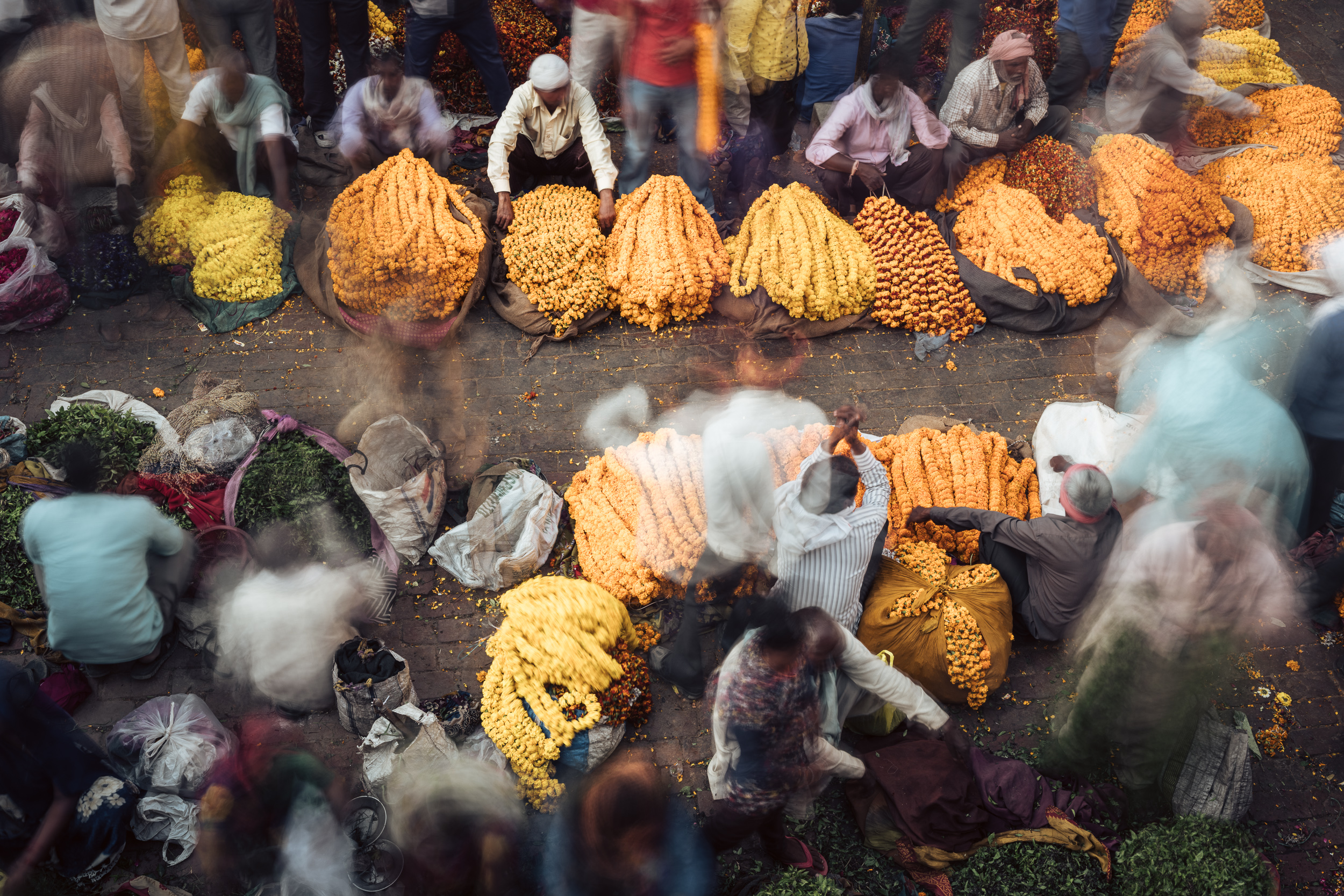
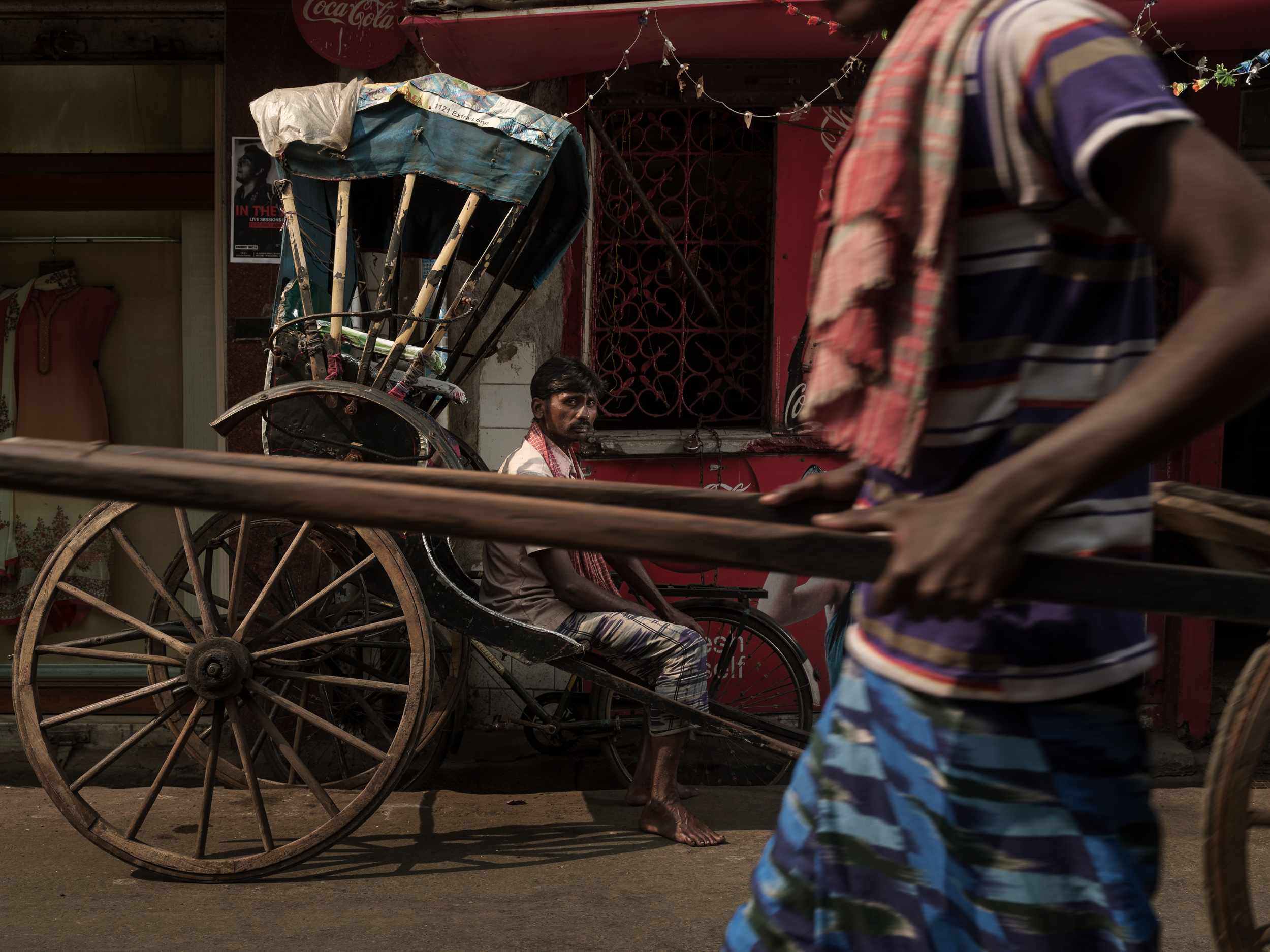
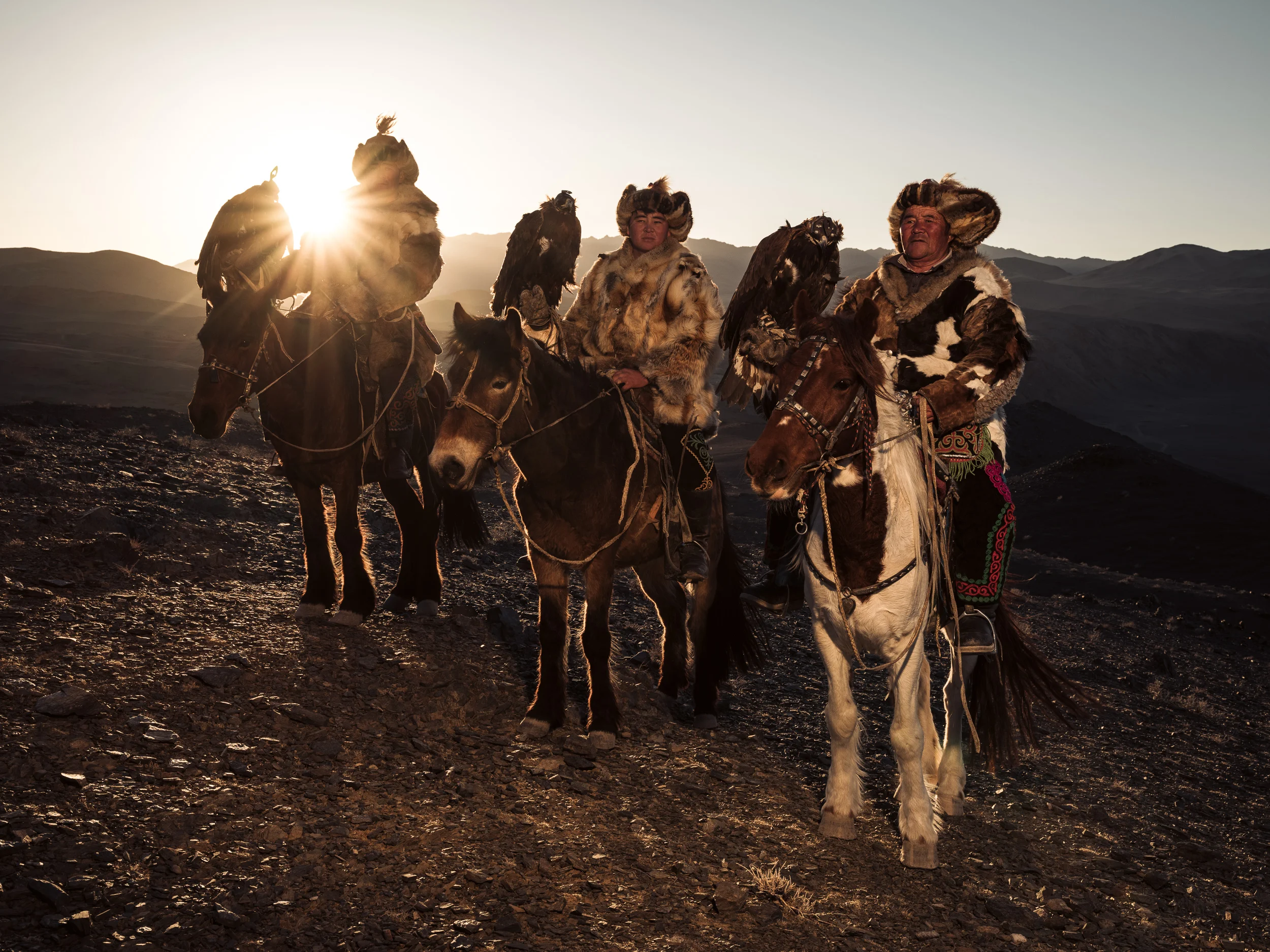
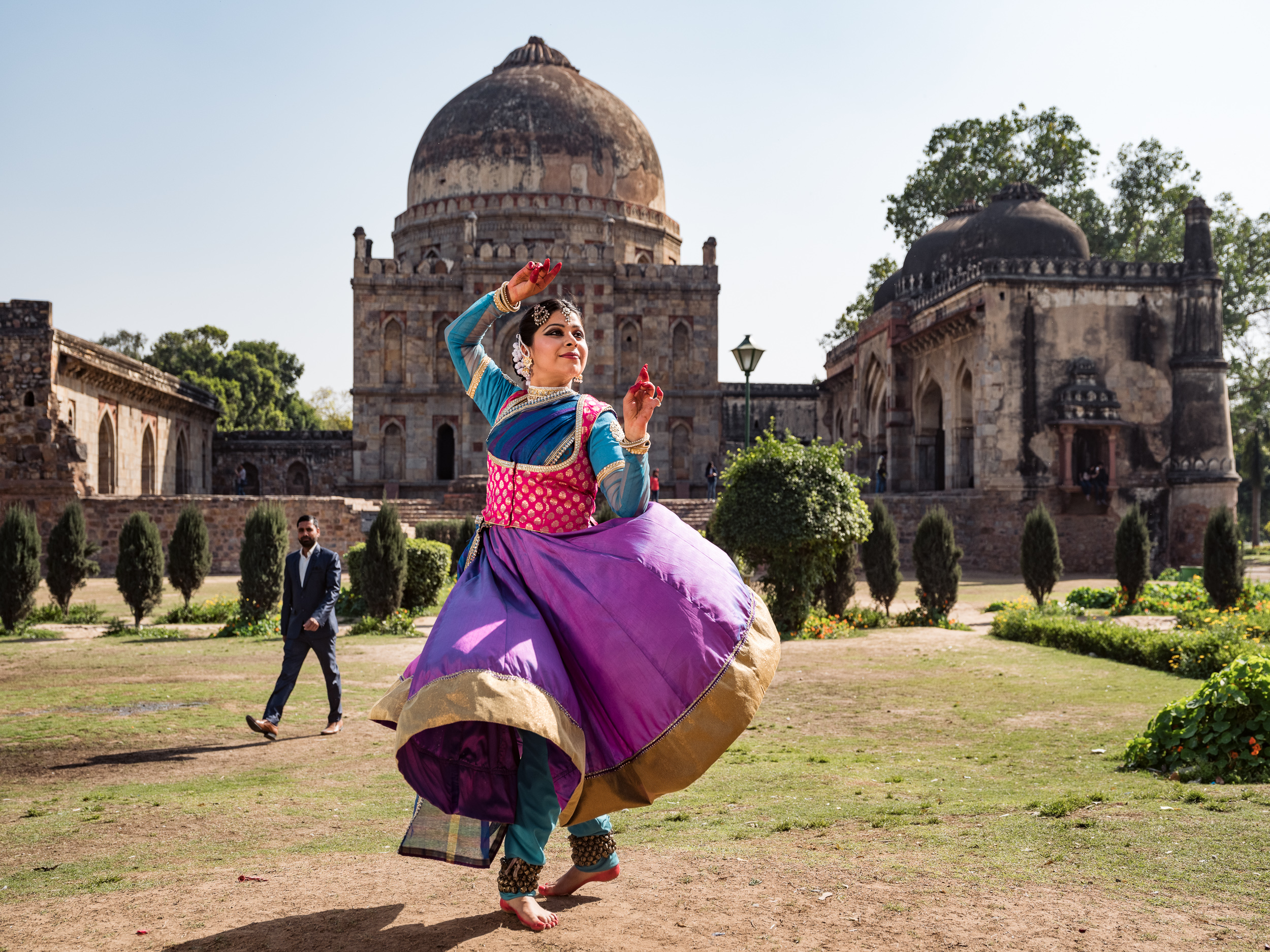
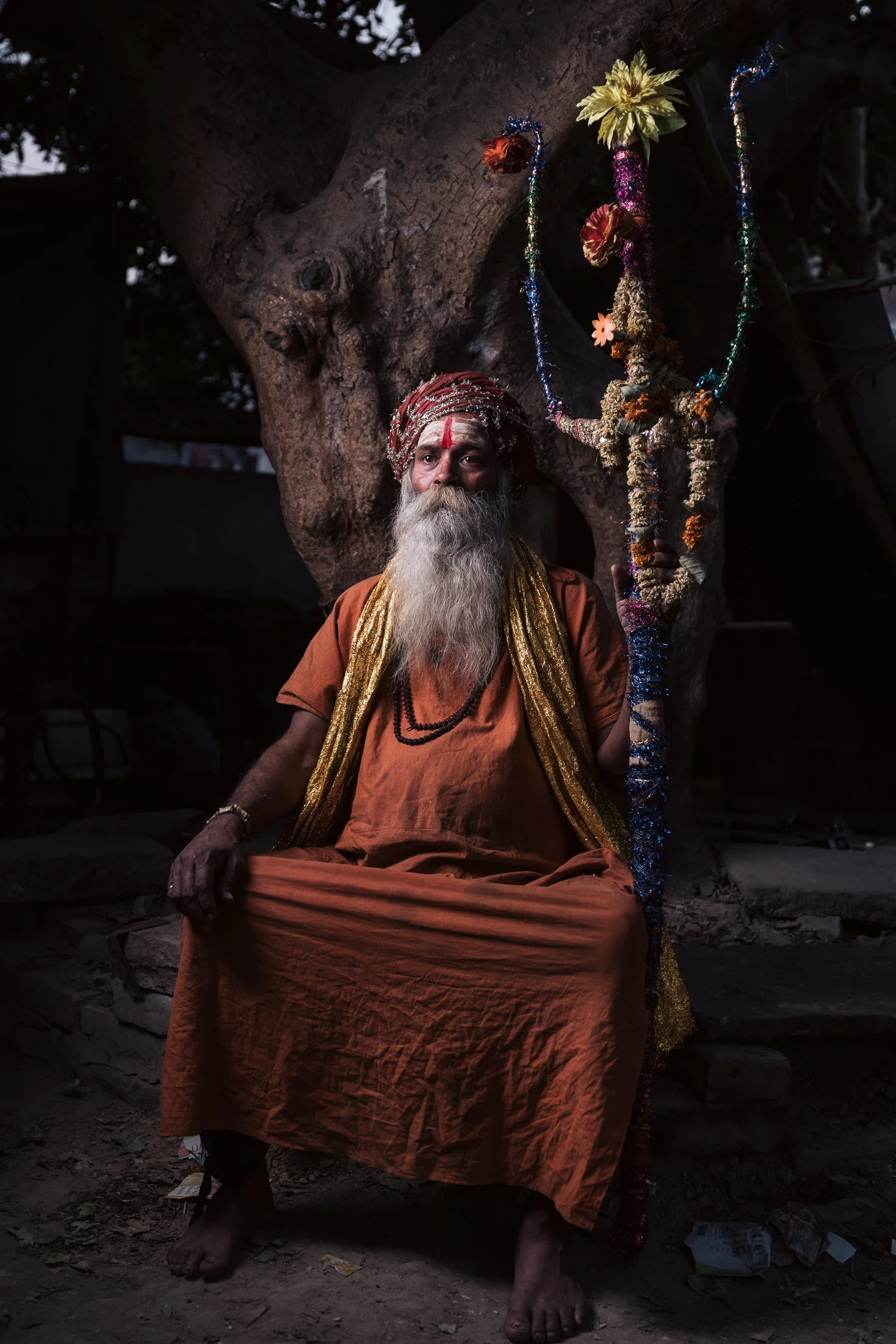

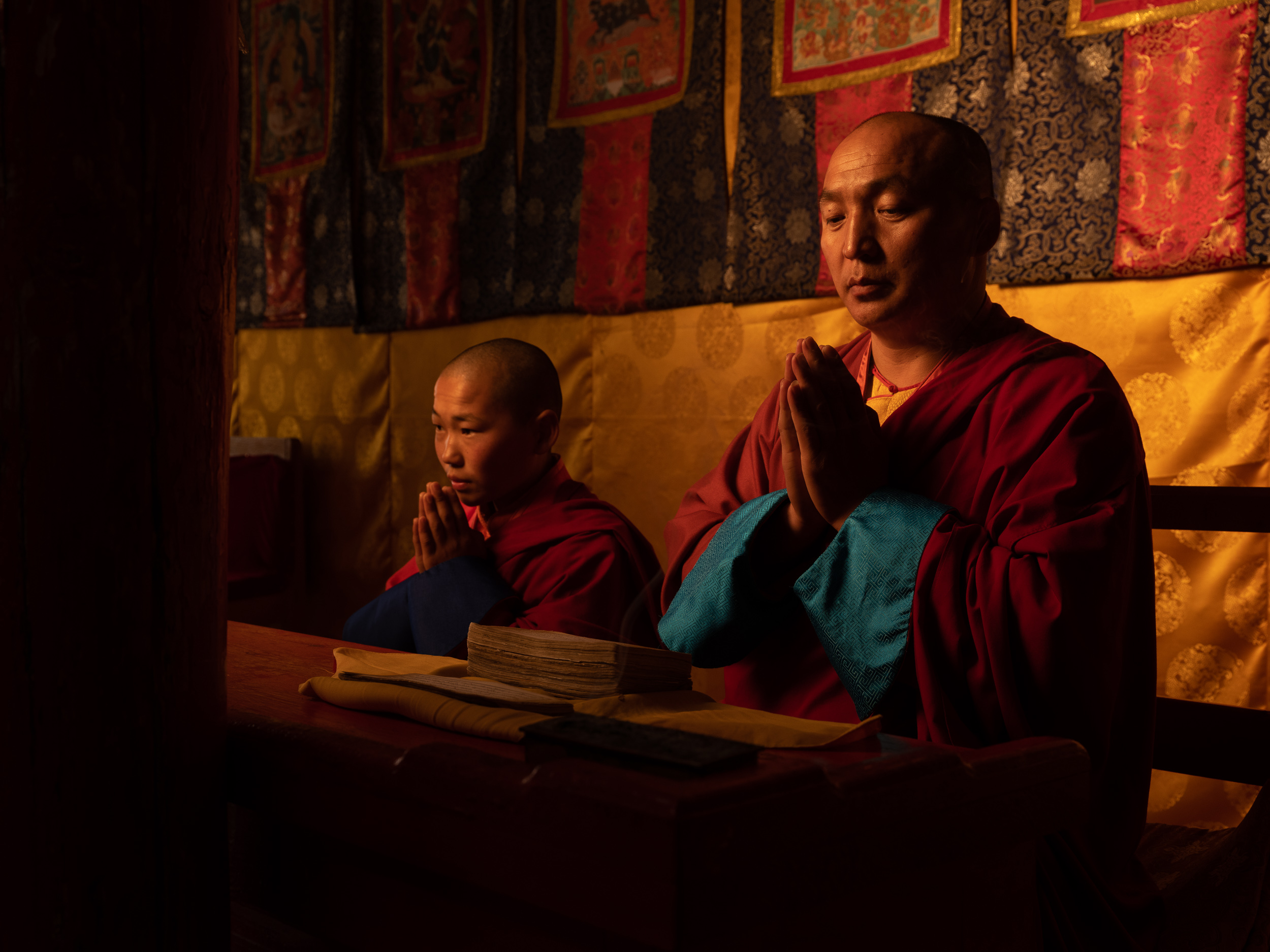
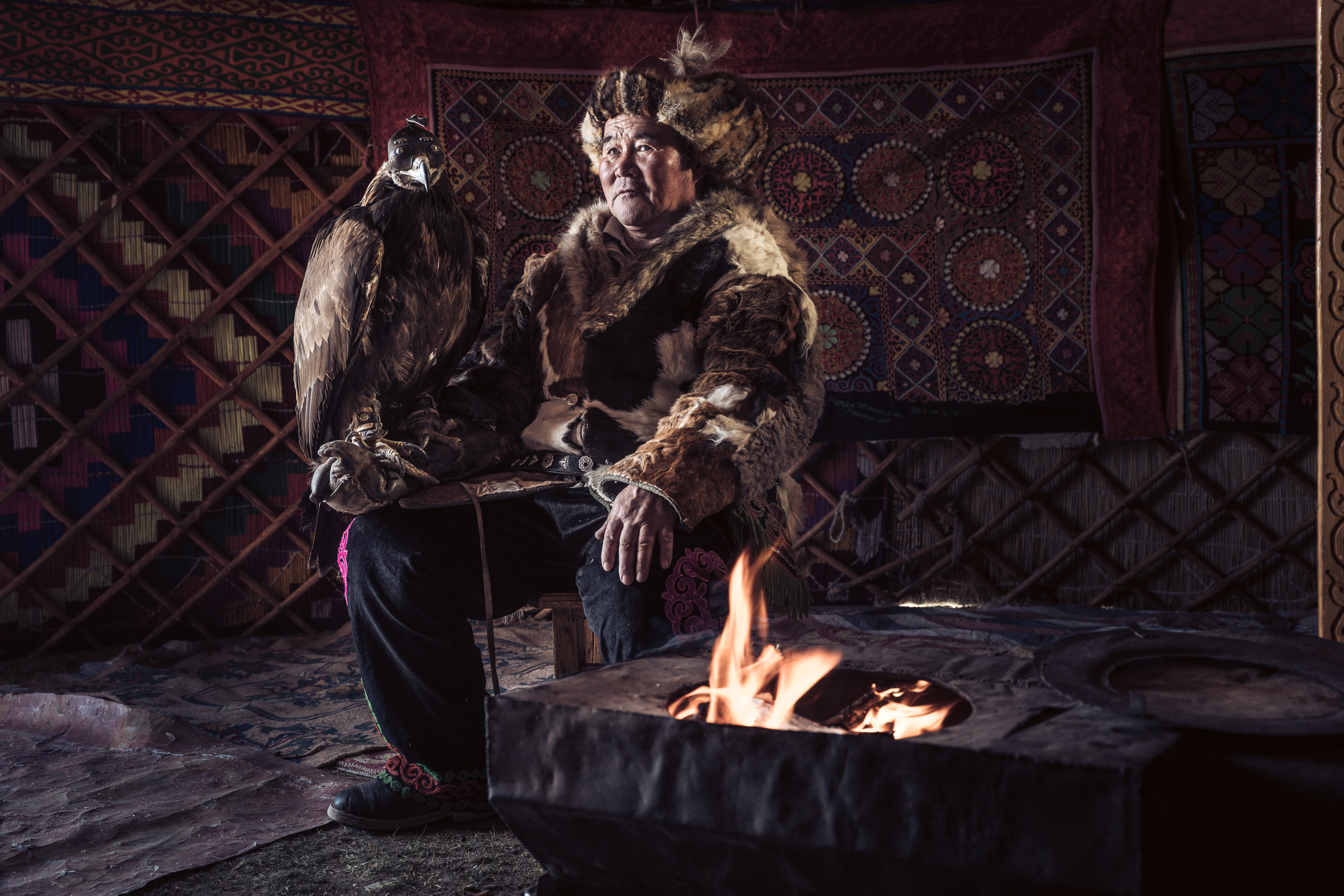
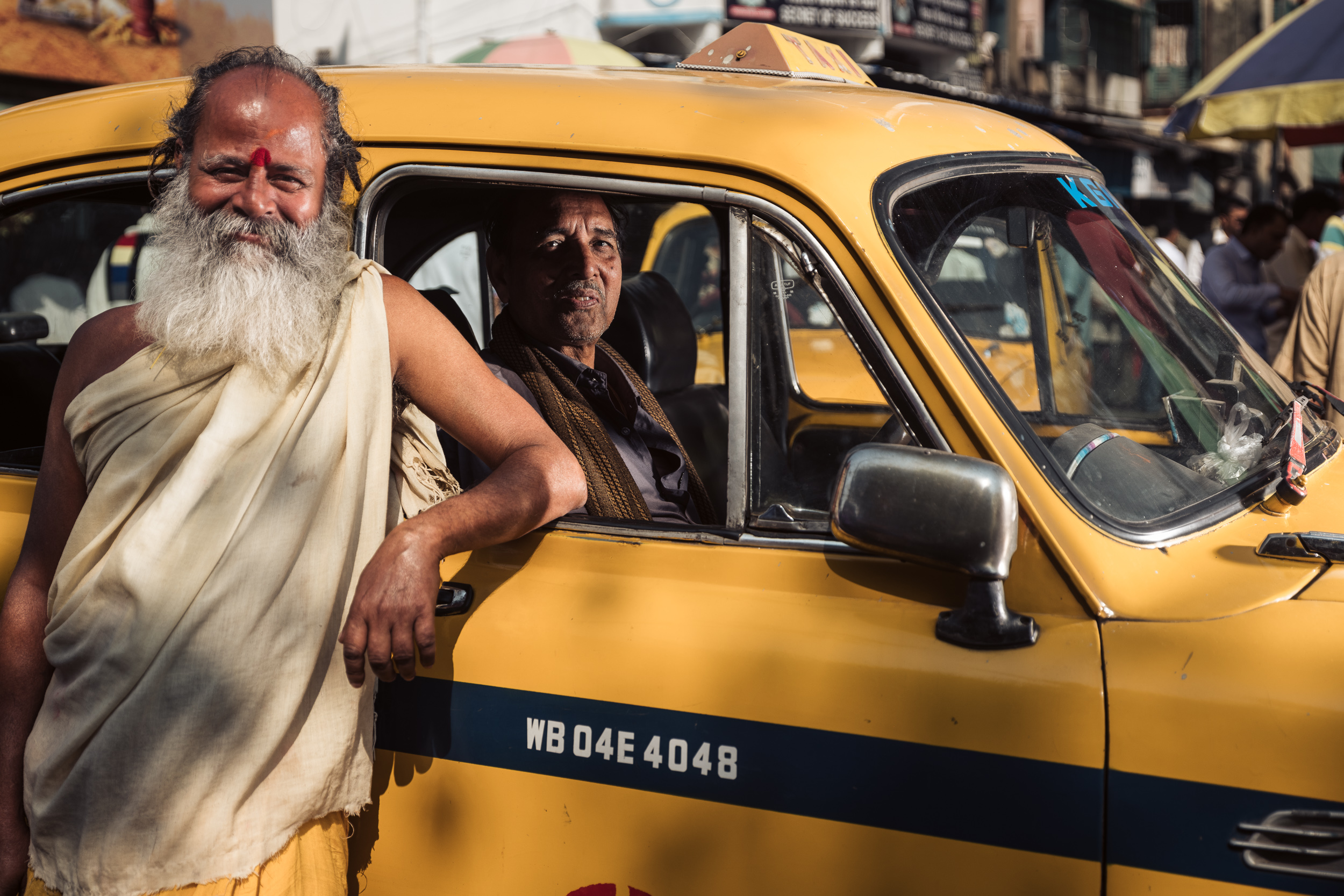
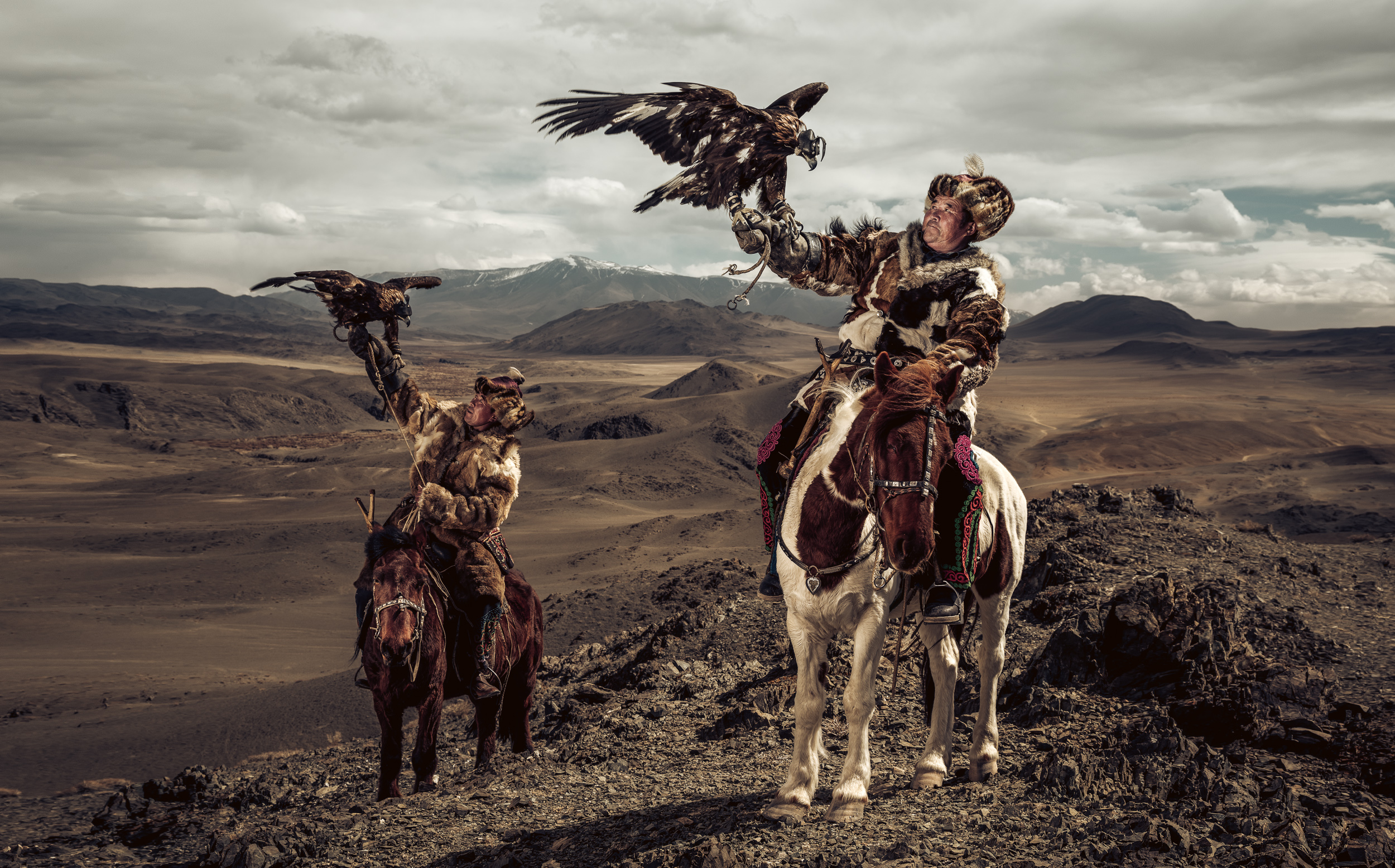
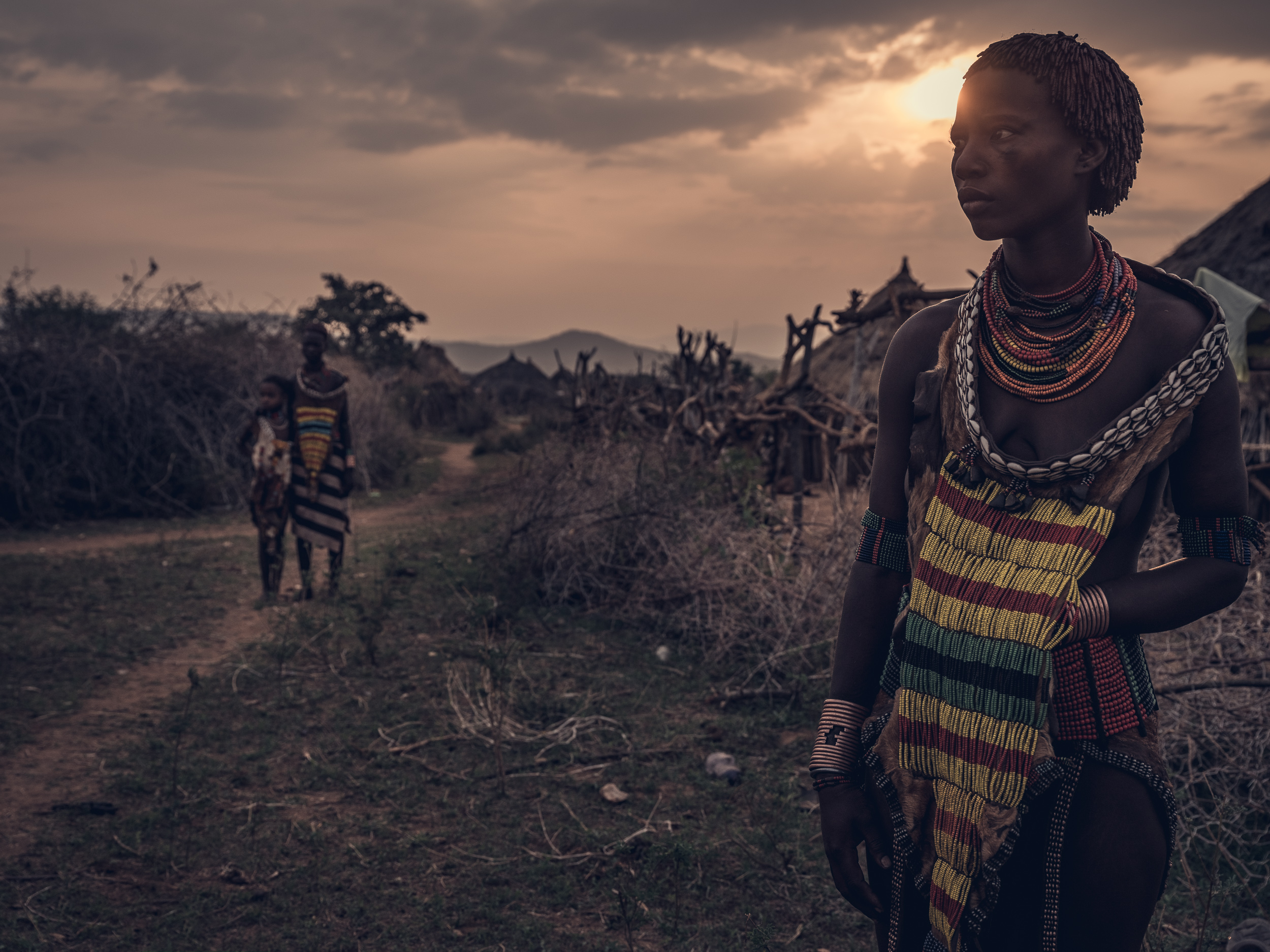
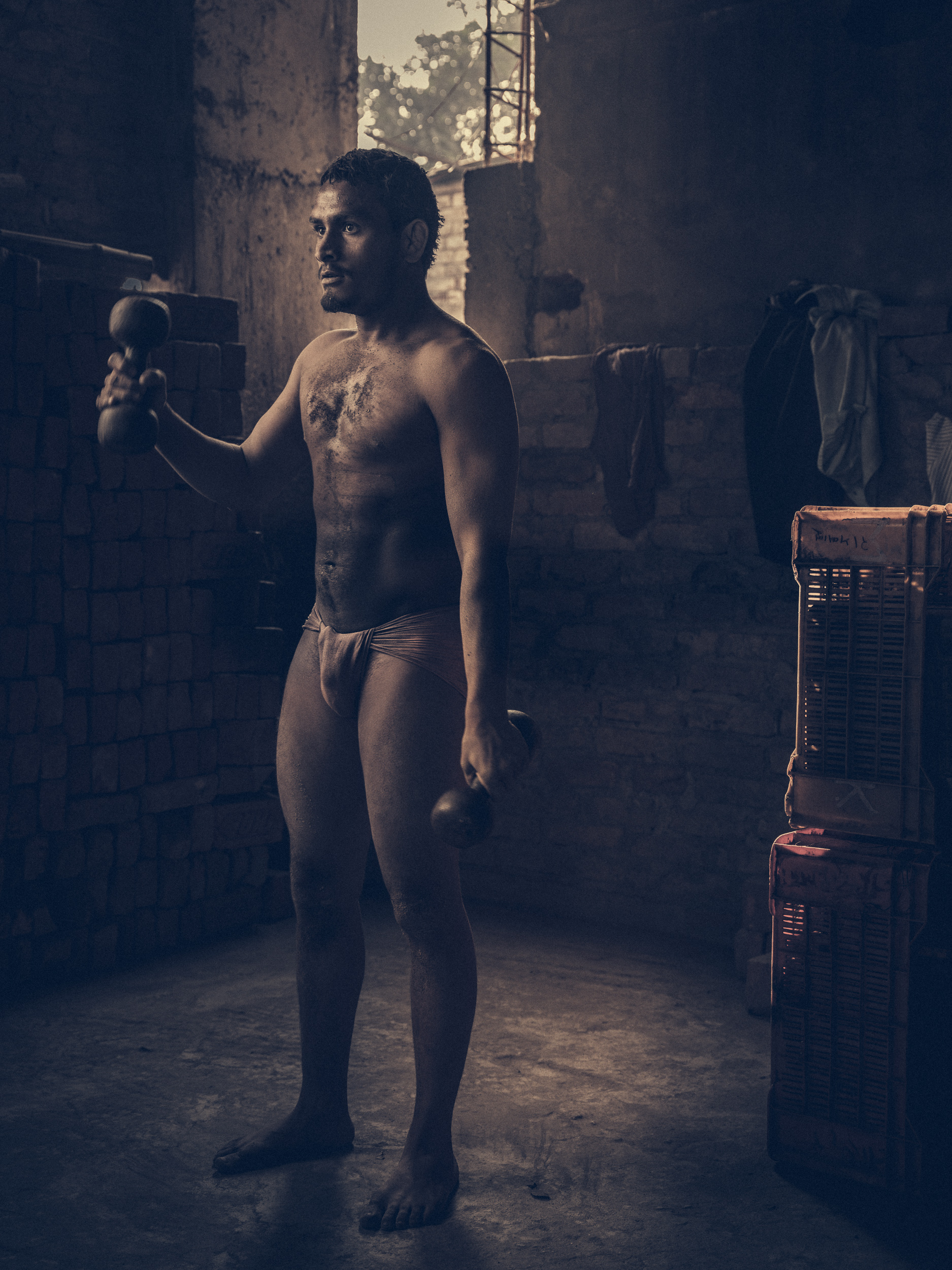

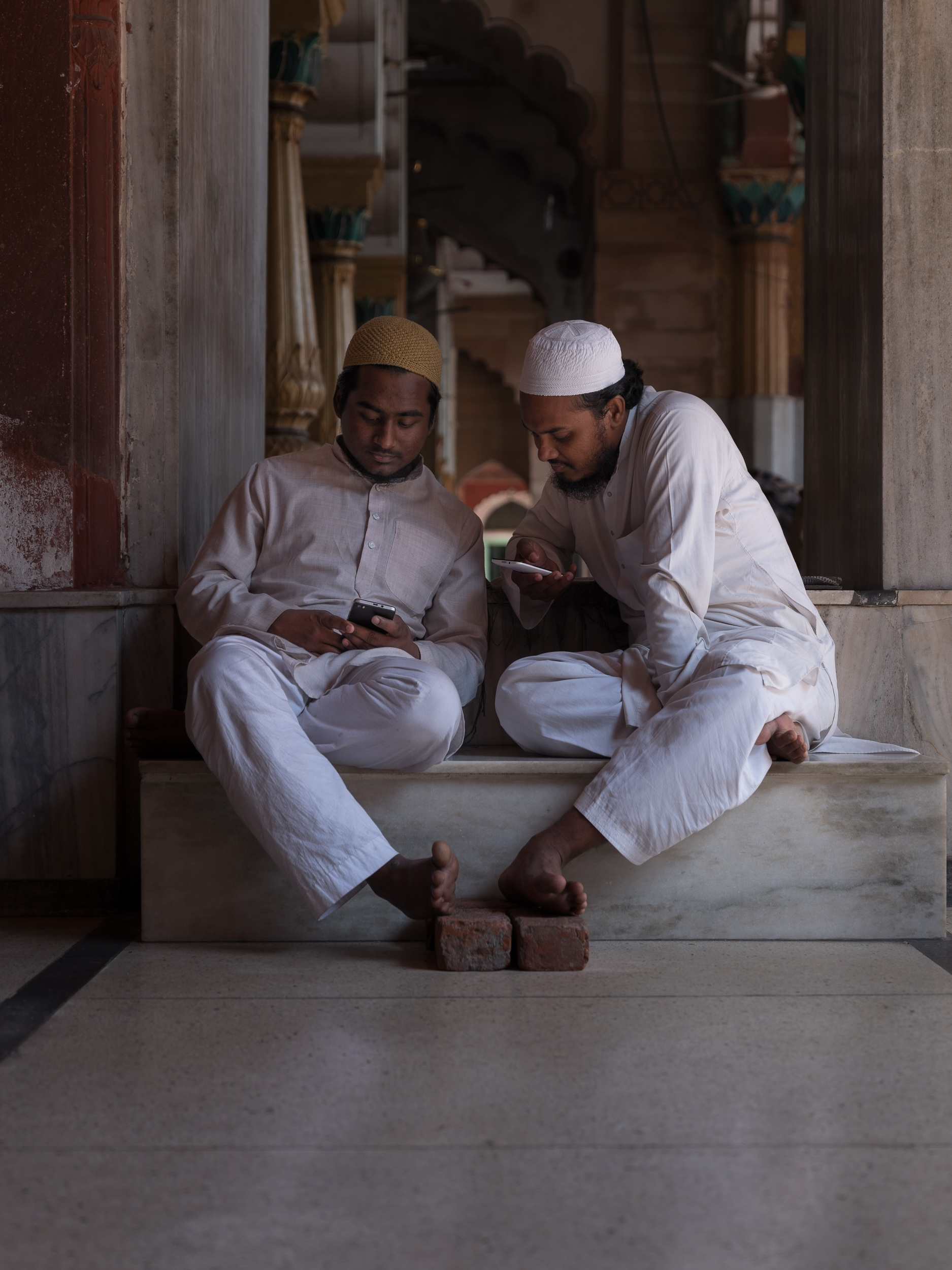
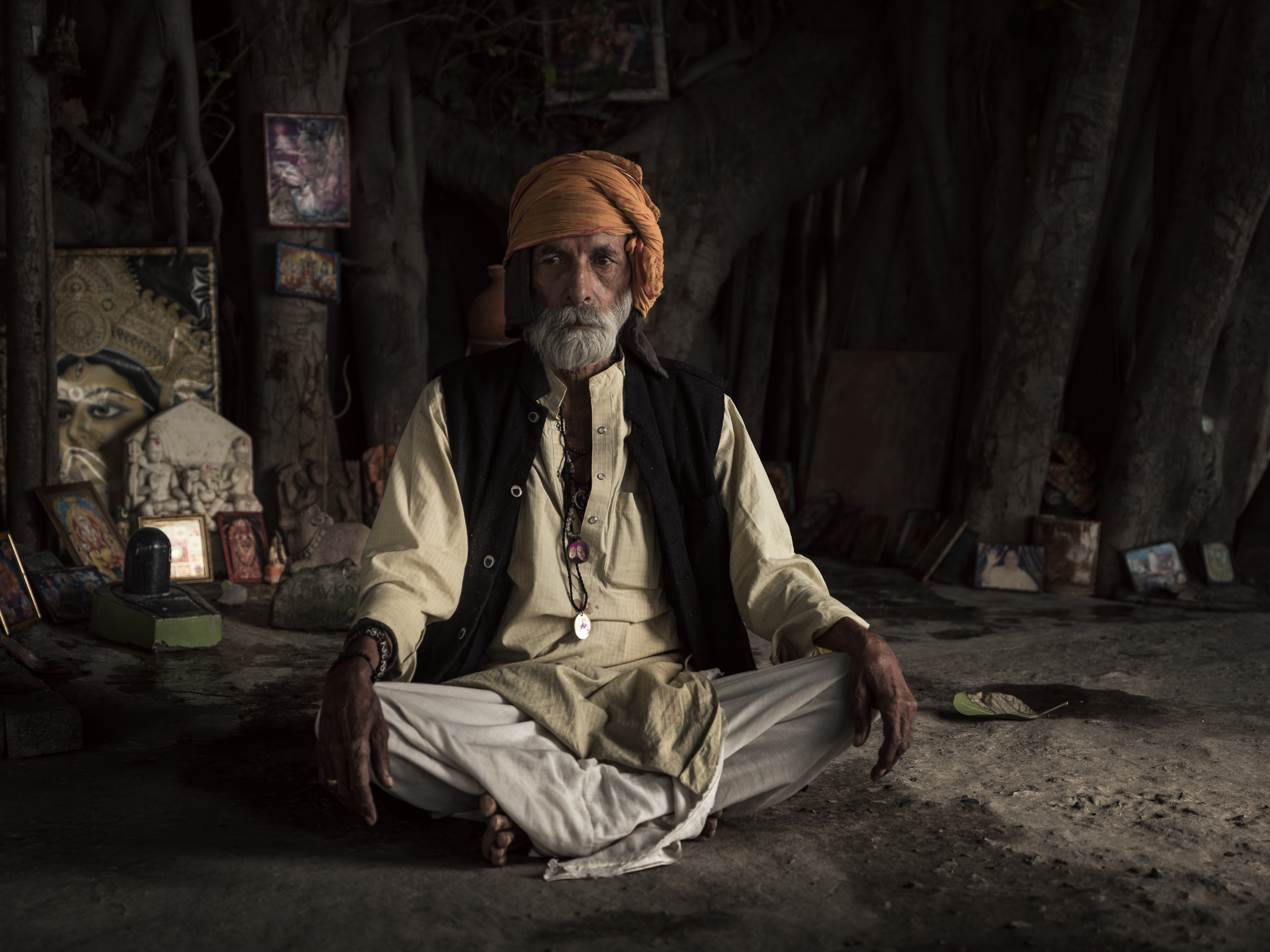
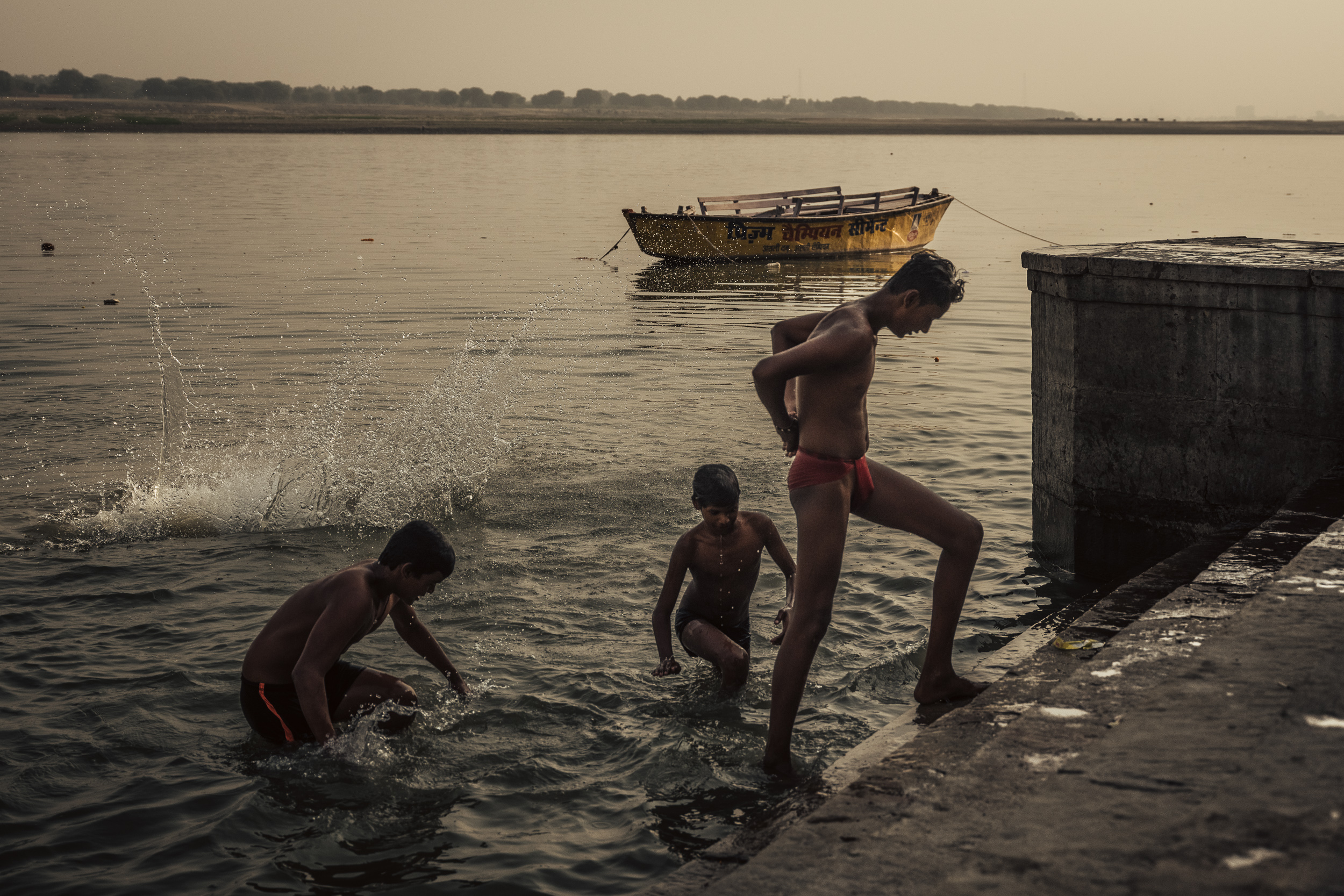
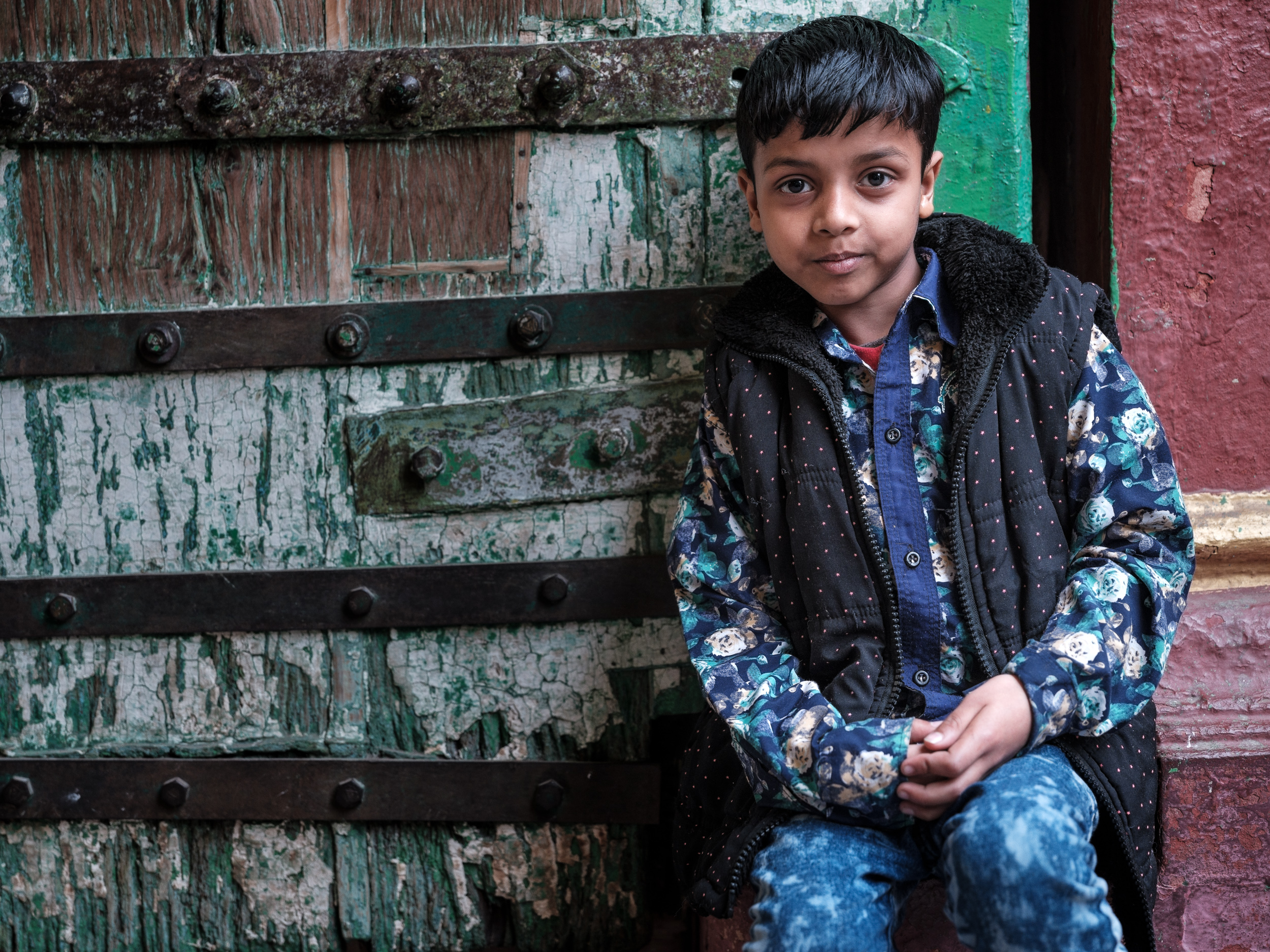
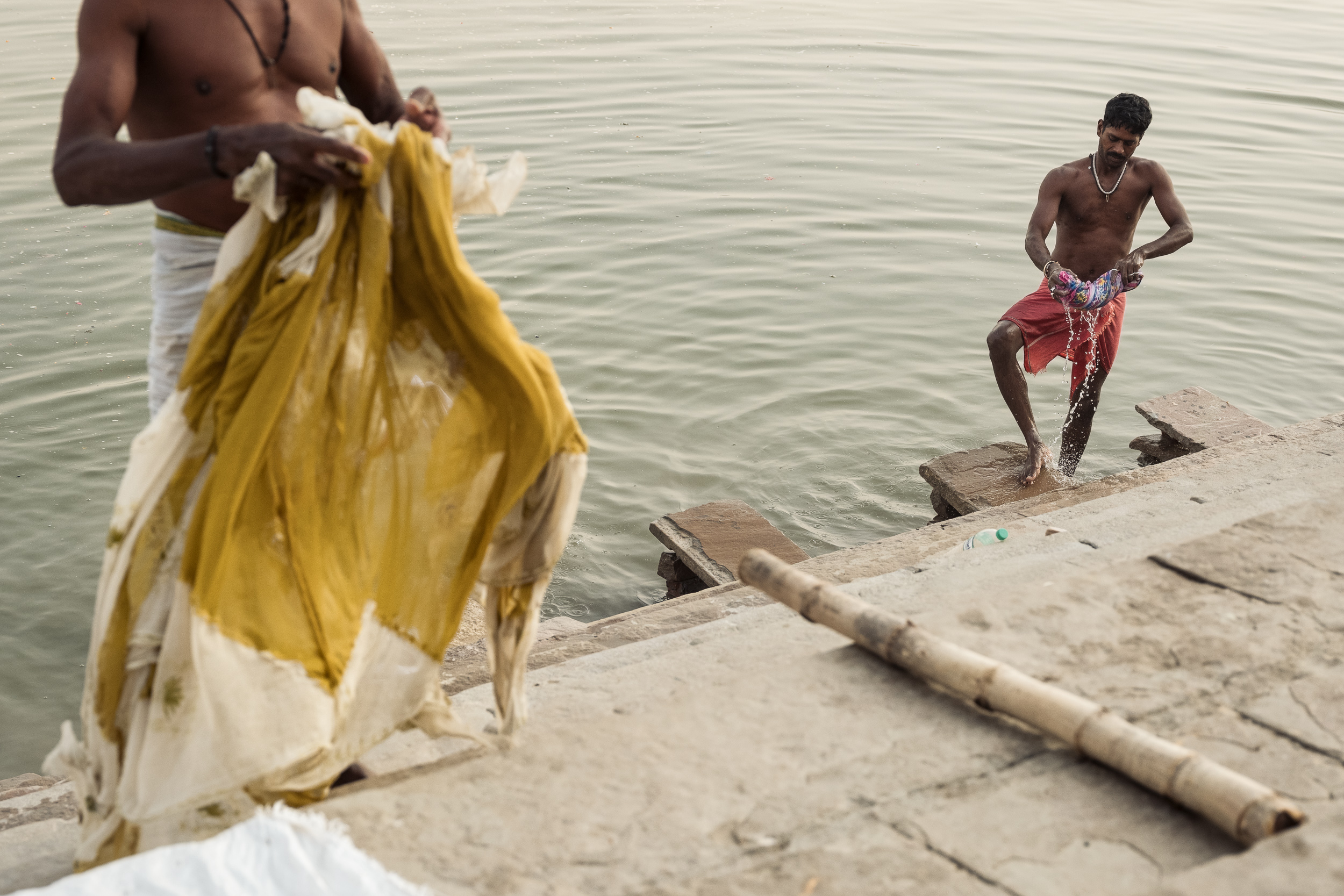
Of course, some will point out, you also lose a stop of light. That’s indeed a factor to consider. As I’m shooting primarily in rather sunny conditions, I tend not to worry too much about this. A stop less of light also means a little less possibility to blur the background in your images, but honestly, at these focal lengths, the difference isn’t that noticeable, I think, and for me doesn’t outweigh the flexibility advantage. And if I want super shallow depth of field, I just use the 110 mm, aka the bokeh monster and stitch a panorama with it to get a wider field of view.
Also, I love the fact that I only have to switch lenses between this zoom and the 110. Changing lenses on a GFX in the field is more difficult because of the size of the lenses: it’s hard to do single-handedly.
Now, having said all of the above… If Fujifilm ever produces a 30 mm f/2 prime, I’d probably walk to Japan to pick up a copy :-)
Panorama shot with the 110 mm f/2 and stitched in Lightroom to give a broad field of view and a shallow depth of field.
All of these images were edited in Lightroom and/or Photoshop, often with my Creative Profiles Starter Pack or my Power Presets Pack. So they’re not straight-out-of-camera files. In fact, the gigantic dynamic range (and therefore tremendous postprocessing options) of the GFX is one of the main reasons I love working with that camera. You can do just about anything with these files! In a lot of images, flash was used. In fact, I prefer taking only two lenses and a flash than more lenses at the expense of having to leave my flash gear at home. In my ebook ‘Light It Up!’, I explain all you need to know to produce these kinds of images yourself.
Subscribe to the newsletter and get 10 Lightroom presets free!
Want to join me on one of my future photo workshops or just receive my weekly free Lightroom or Photography trip? Subscribe to the newsletter... You’ll be rewarded with a set of ten free Lightroom presets!
